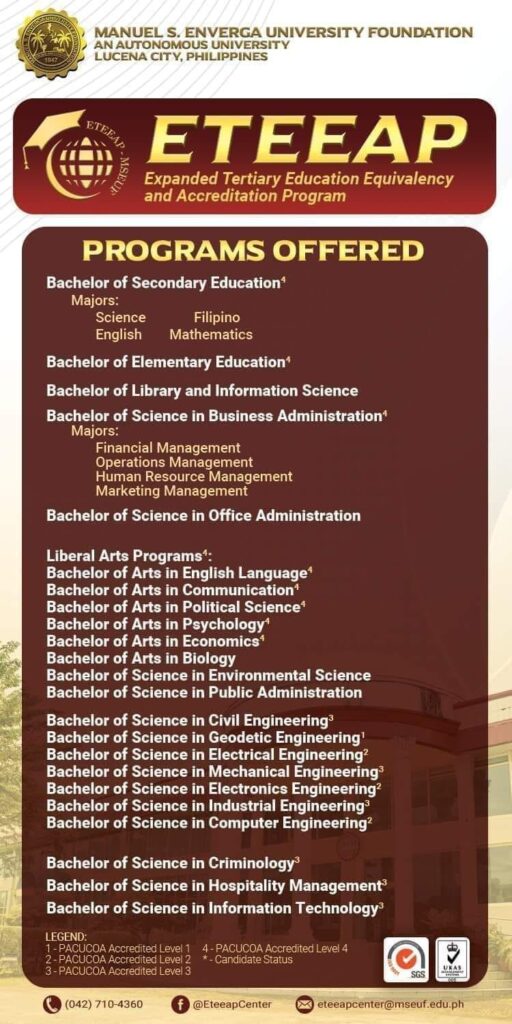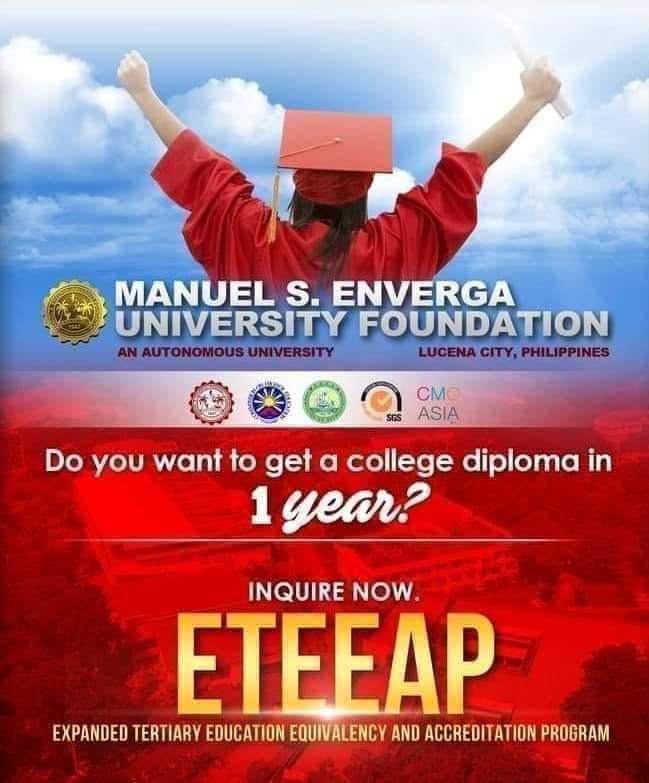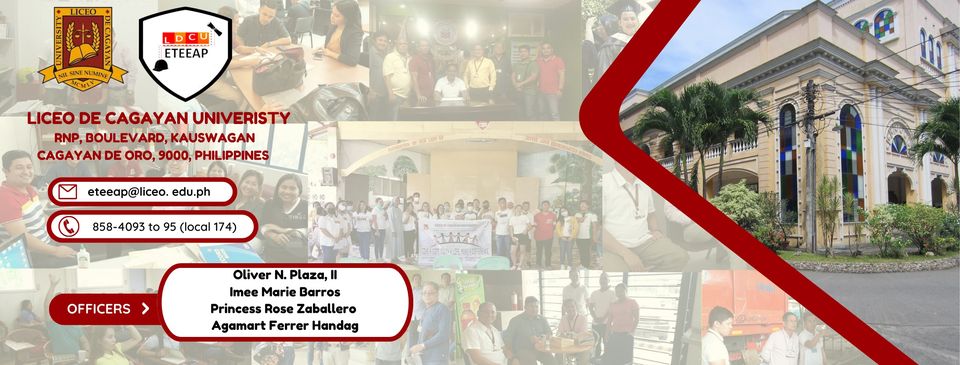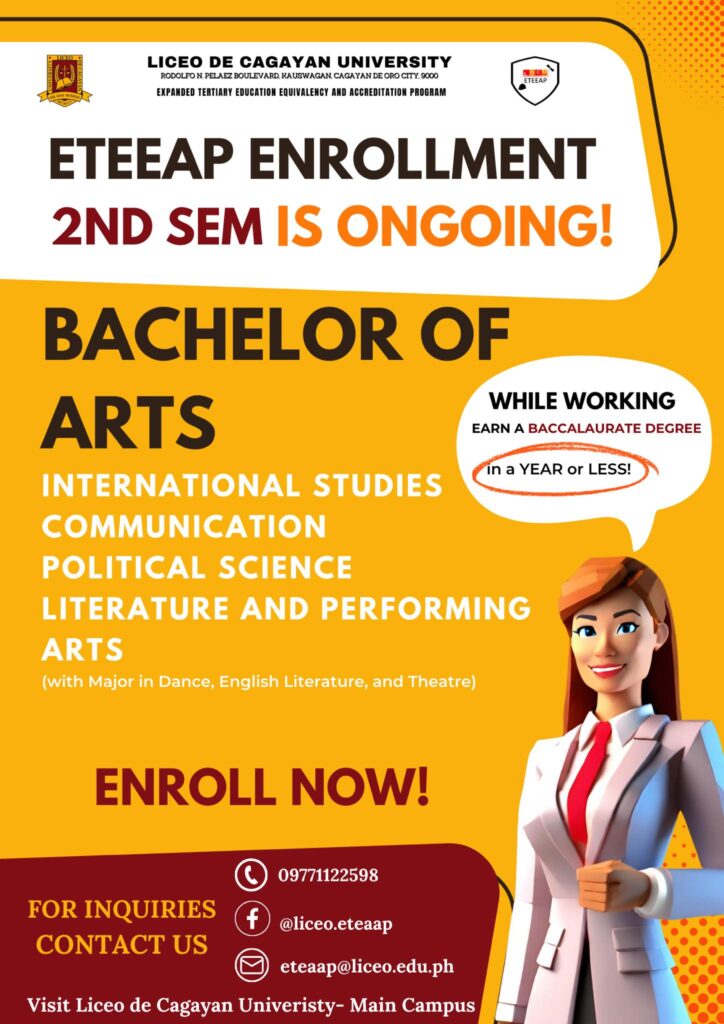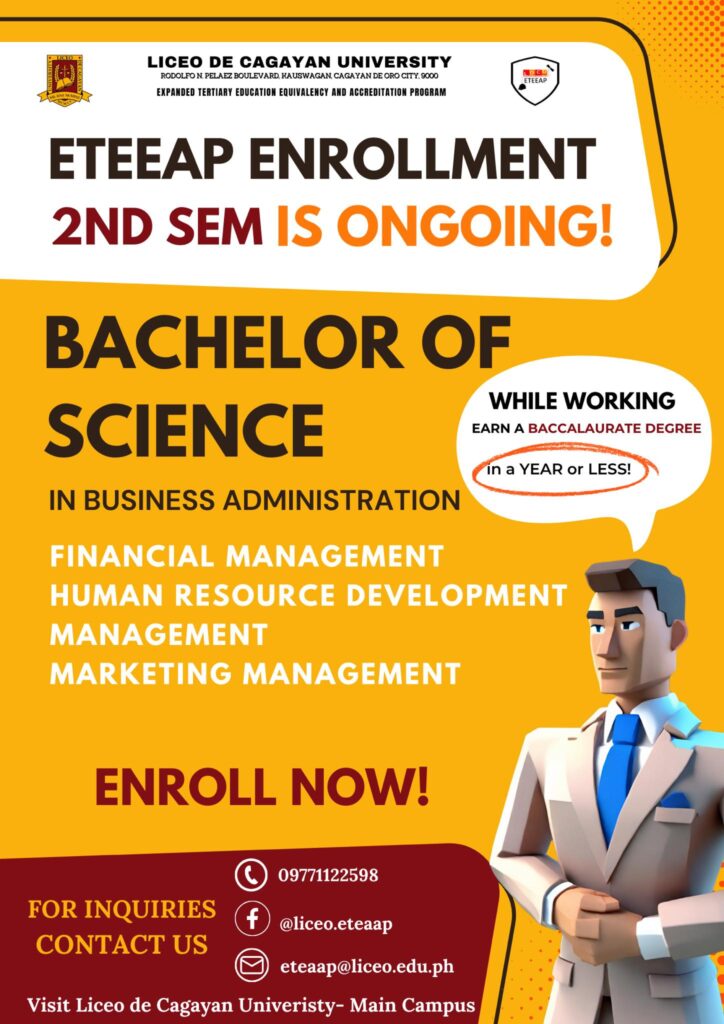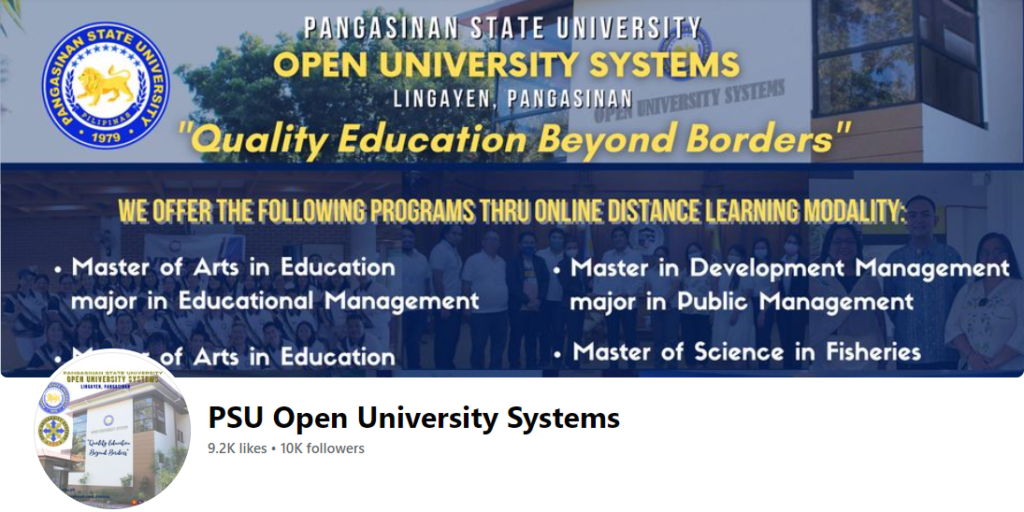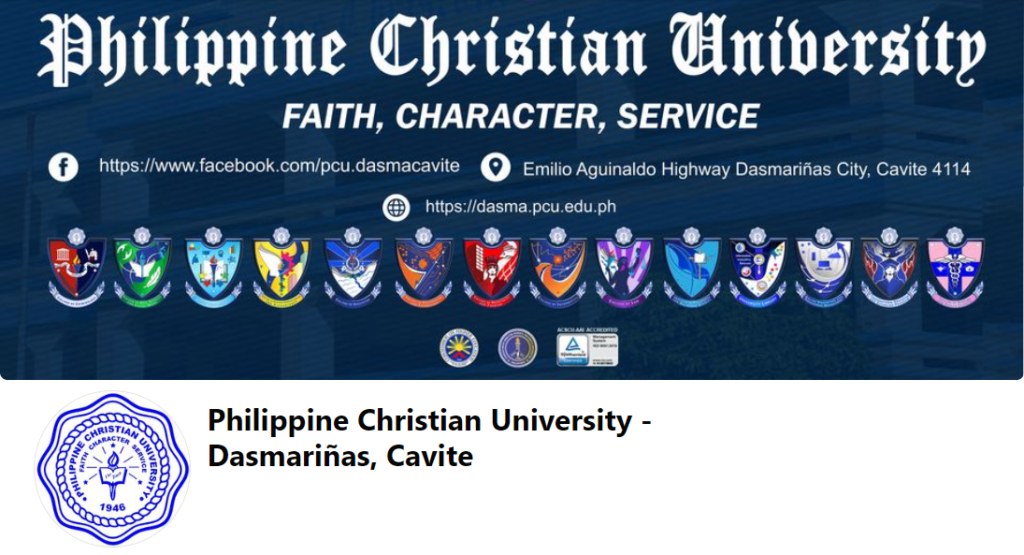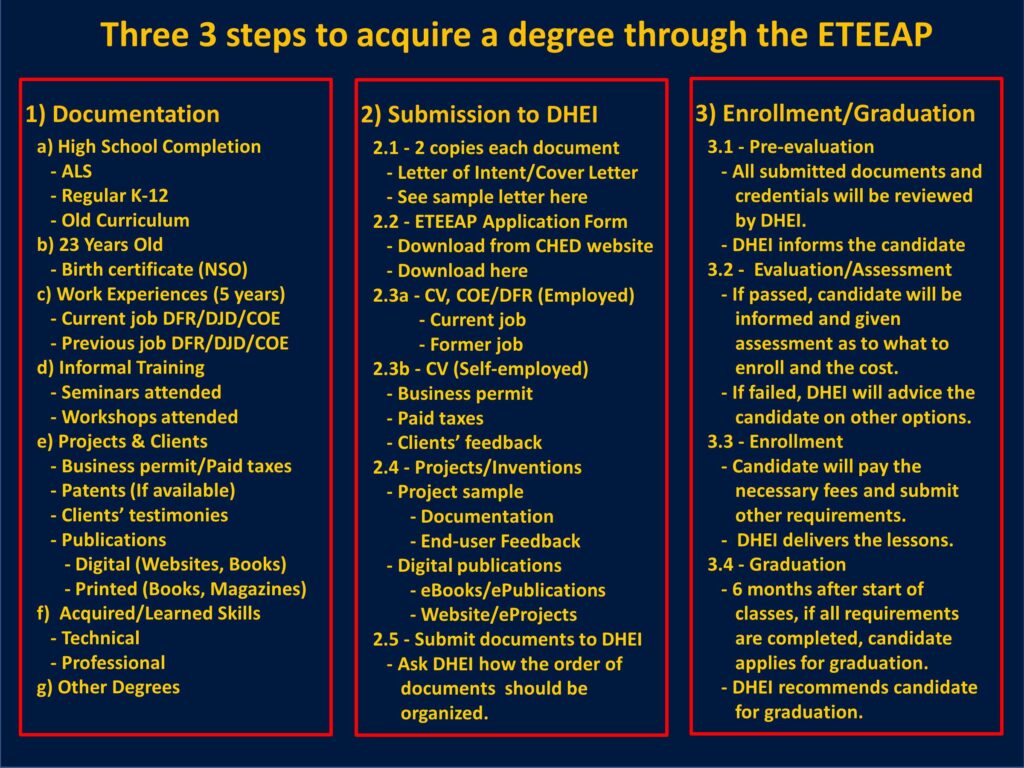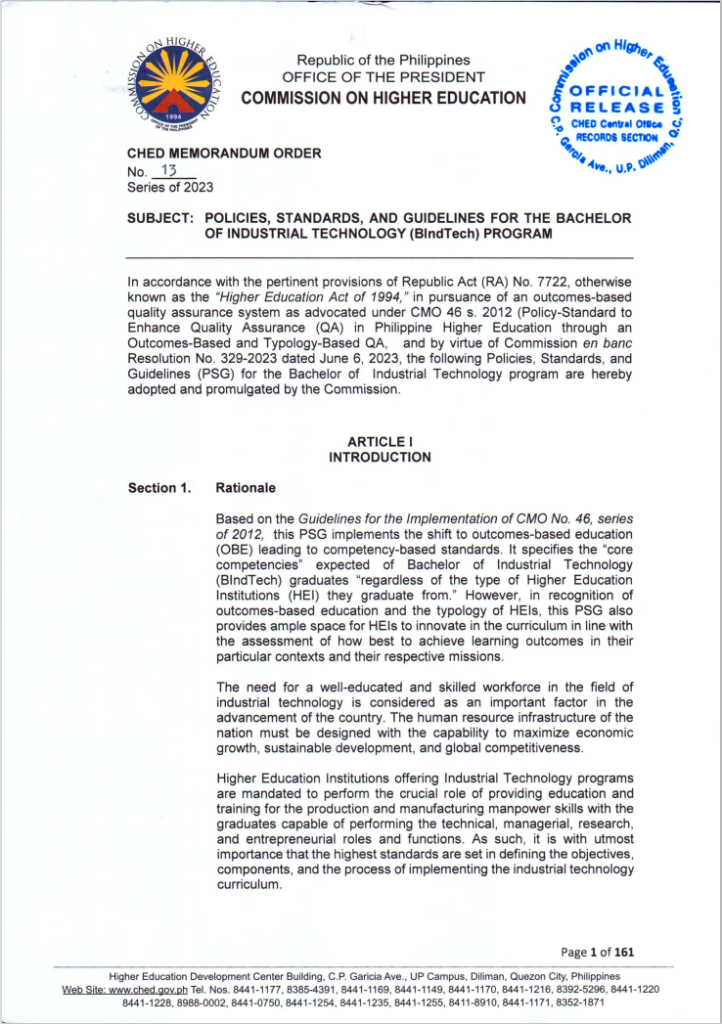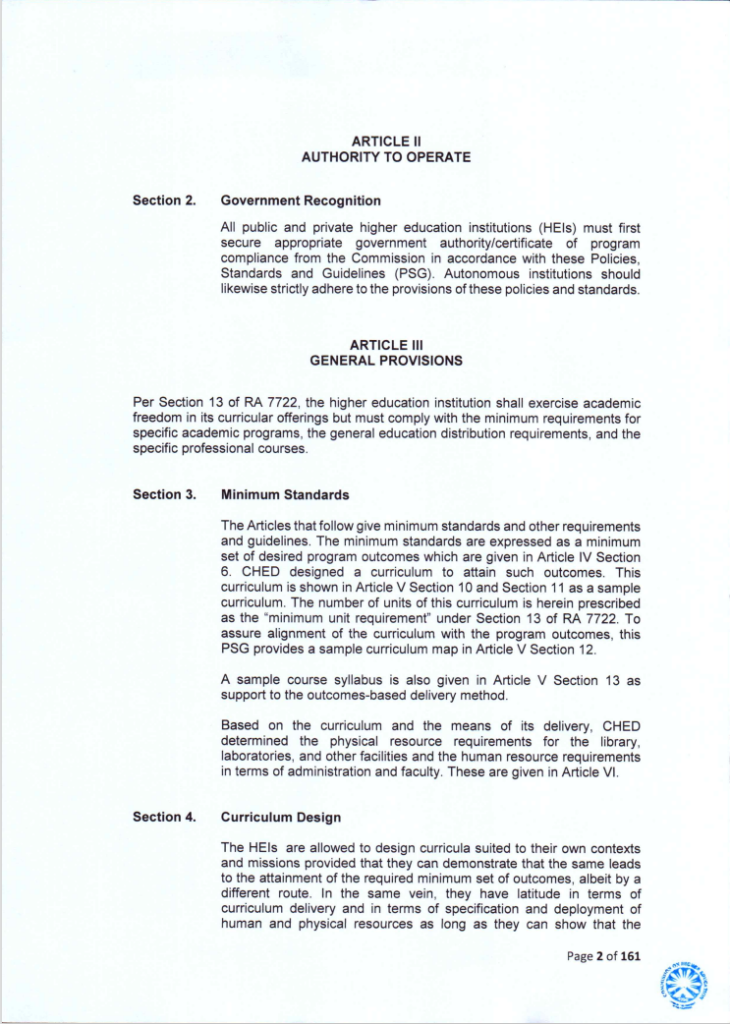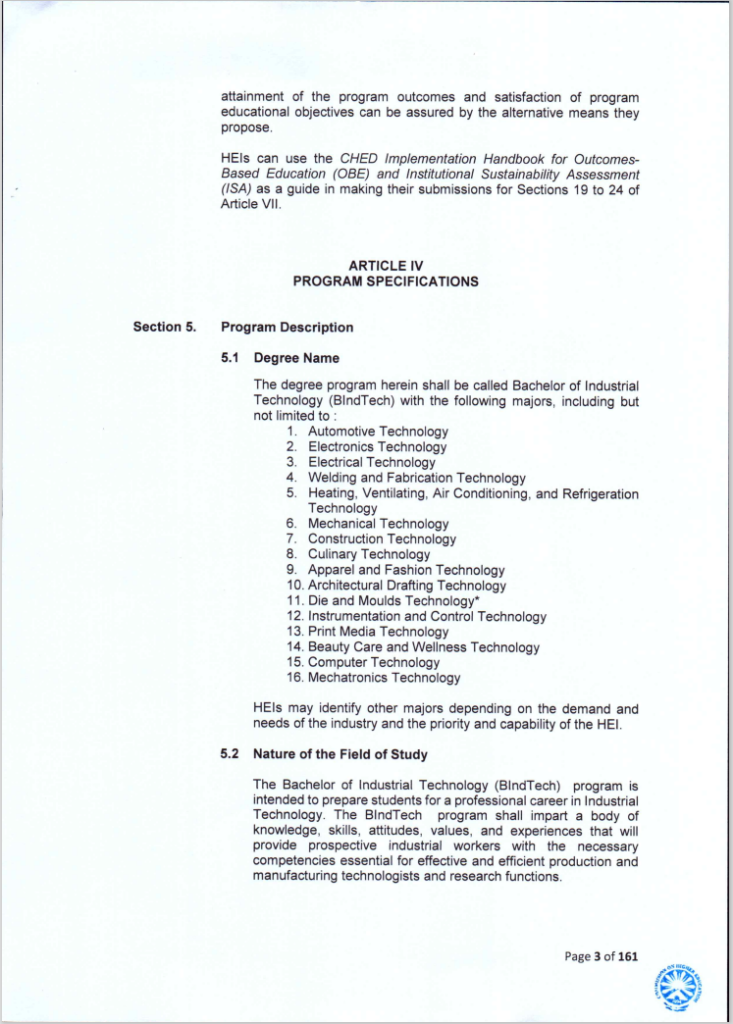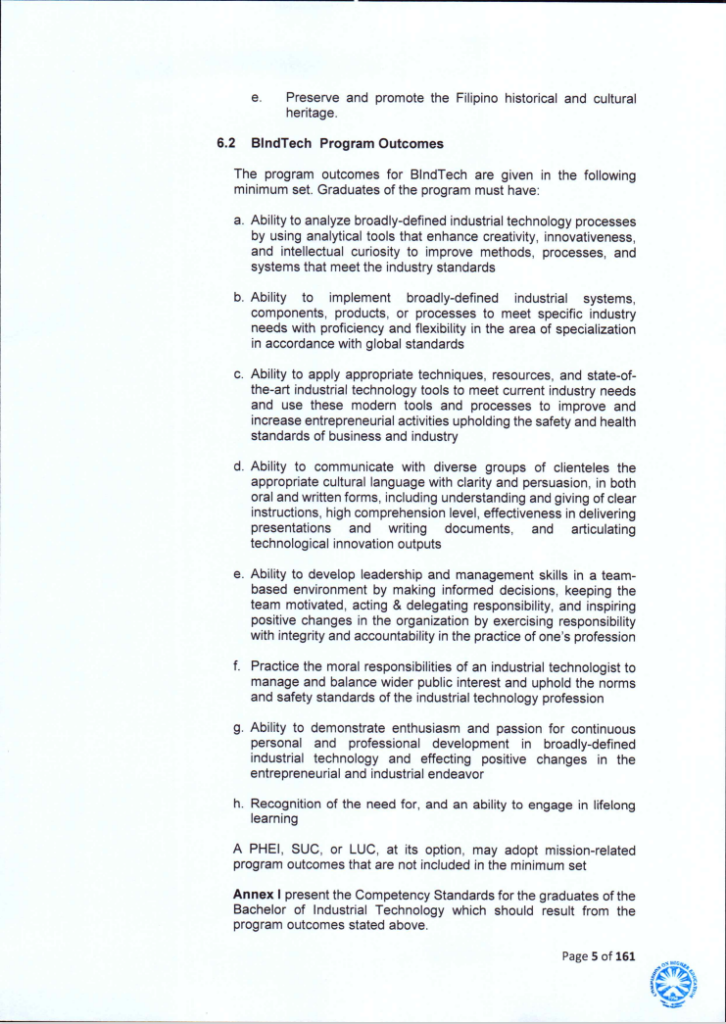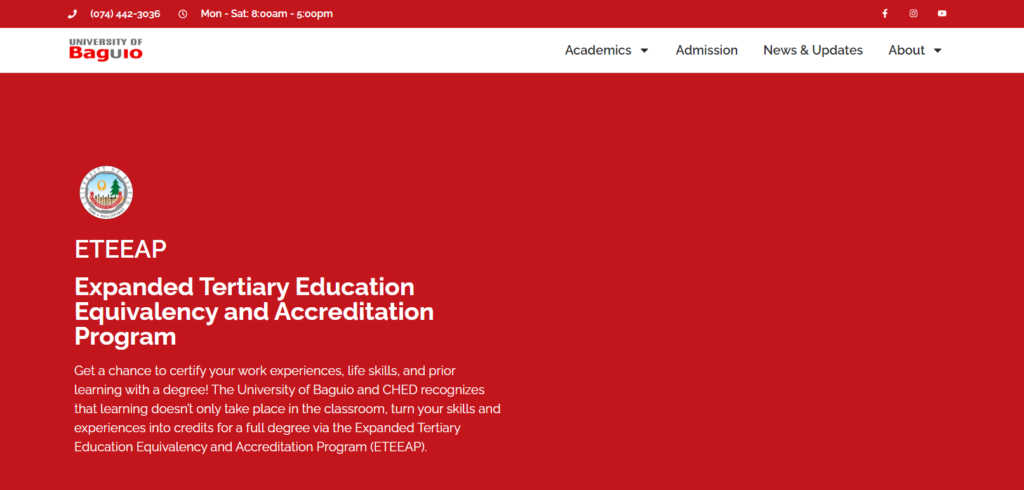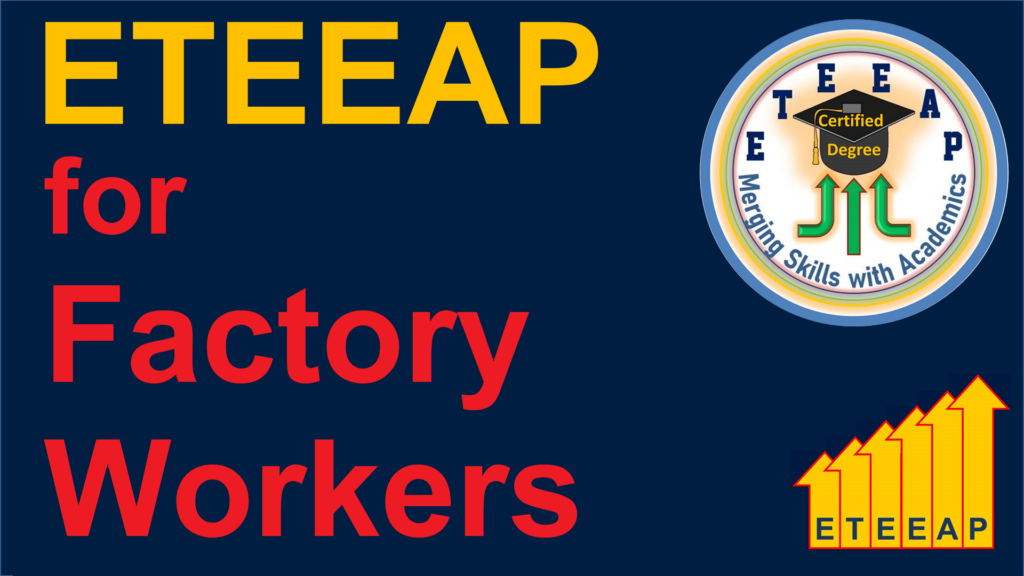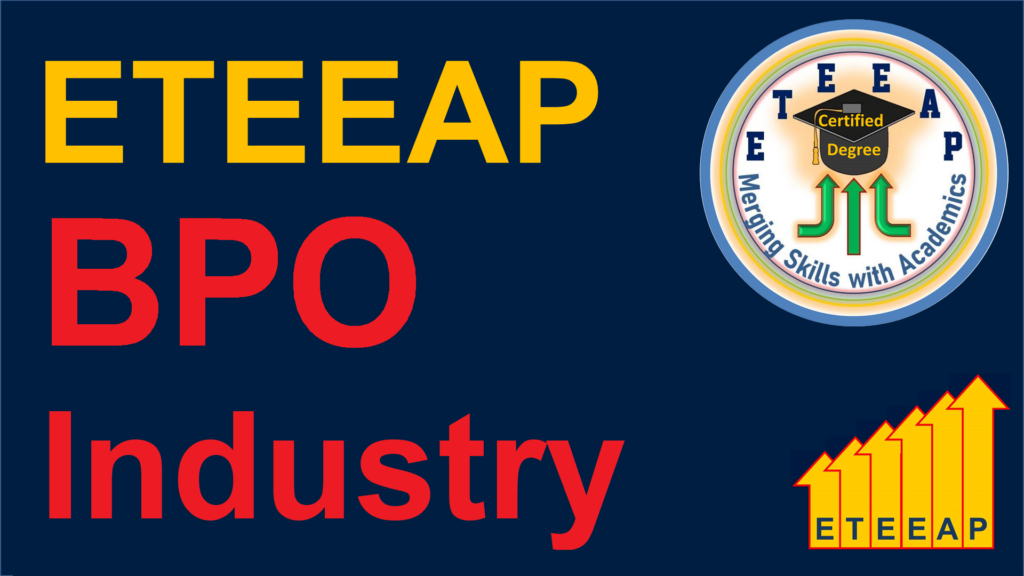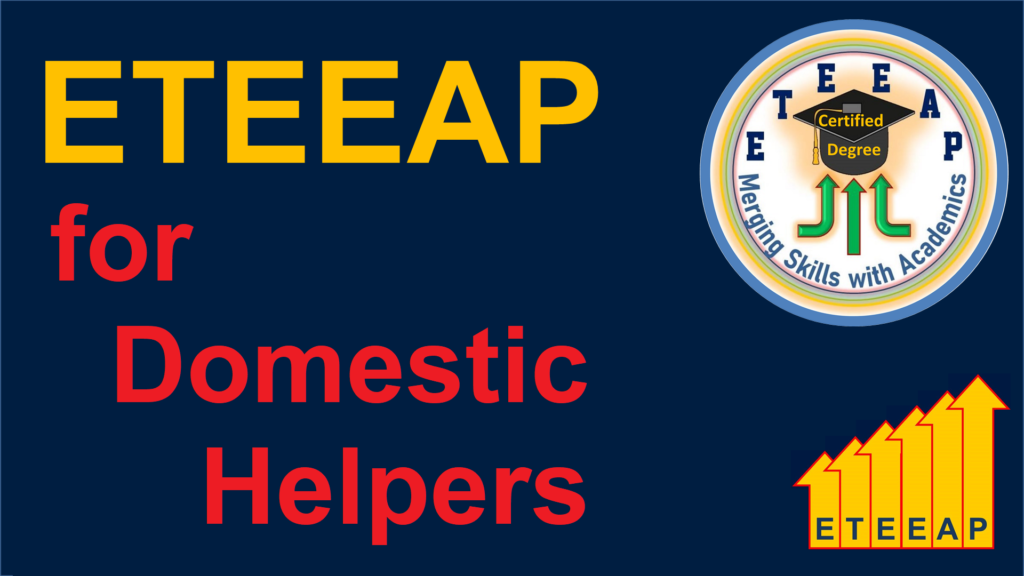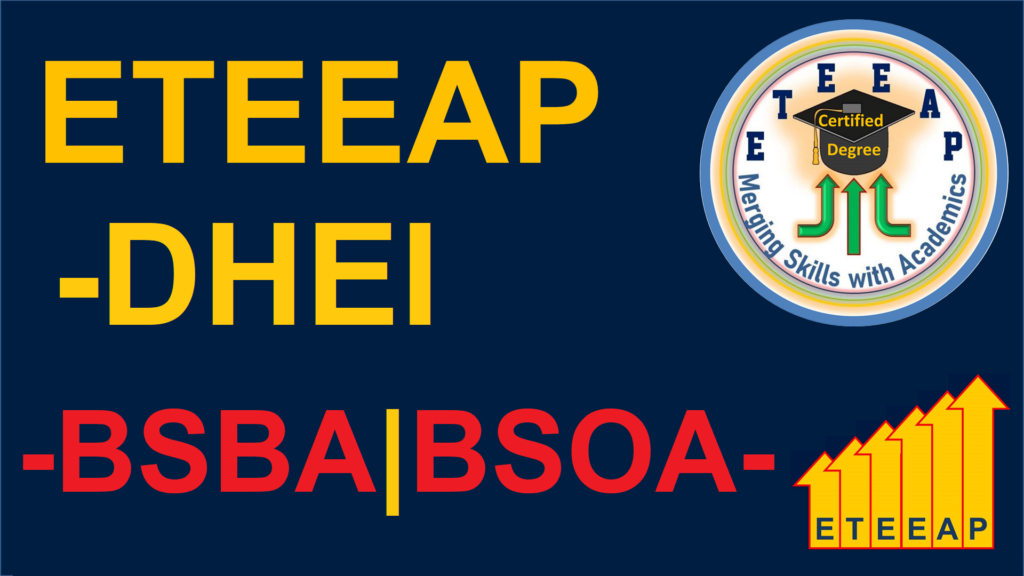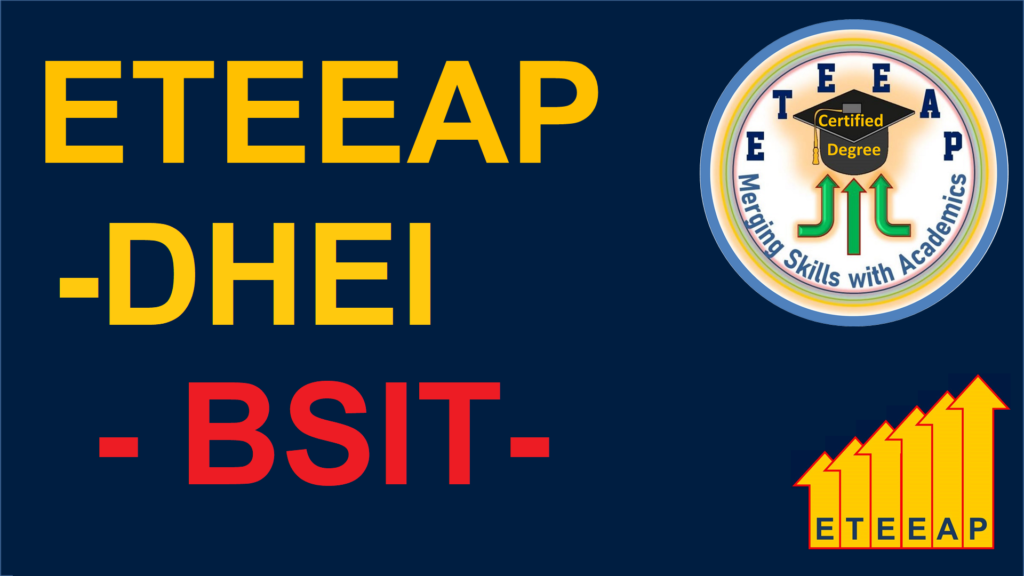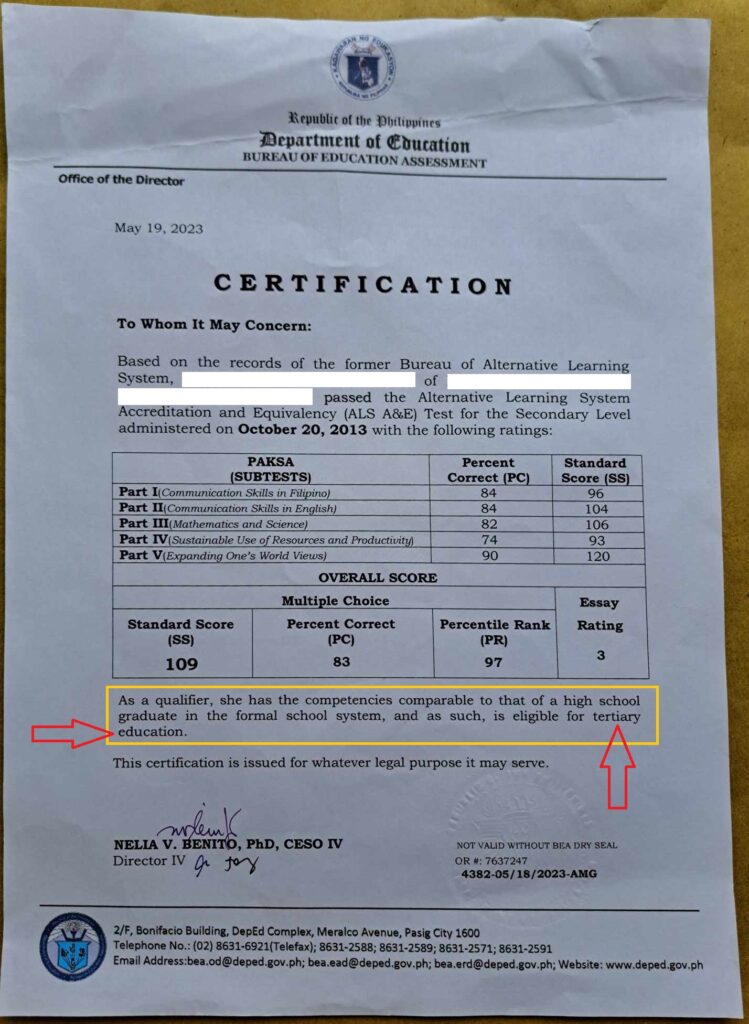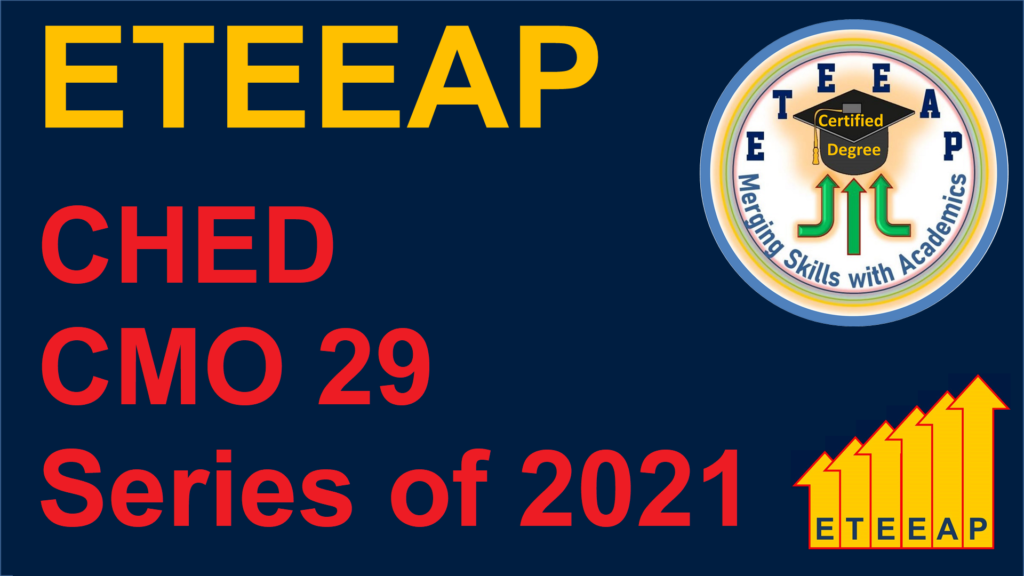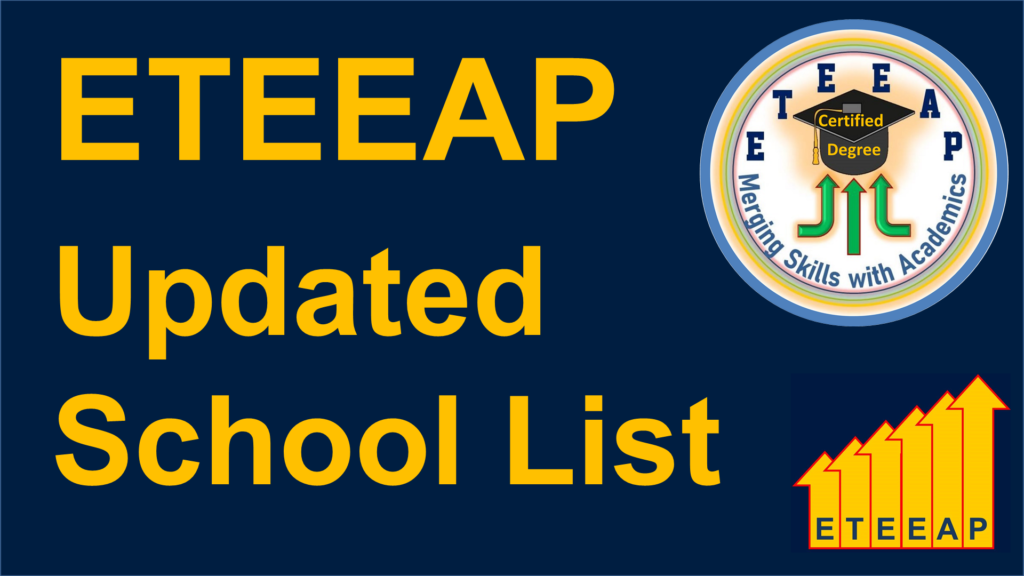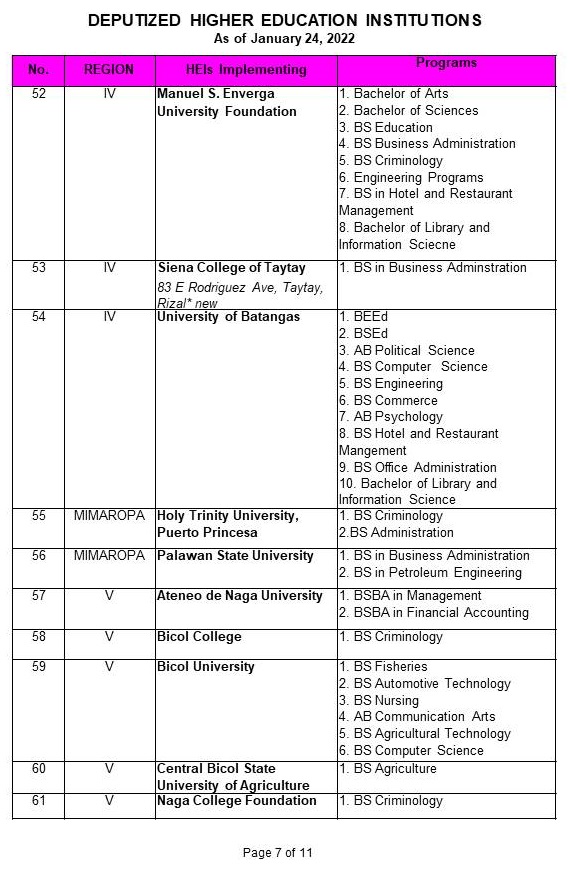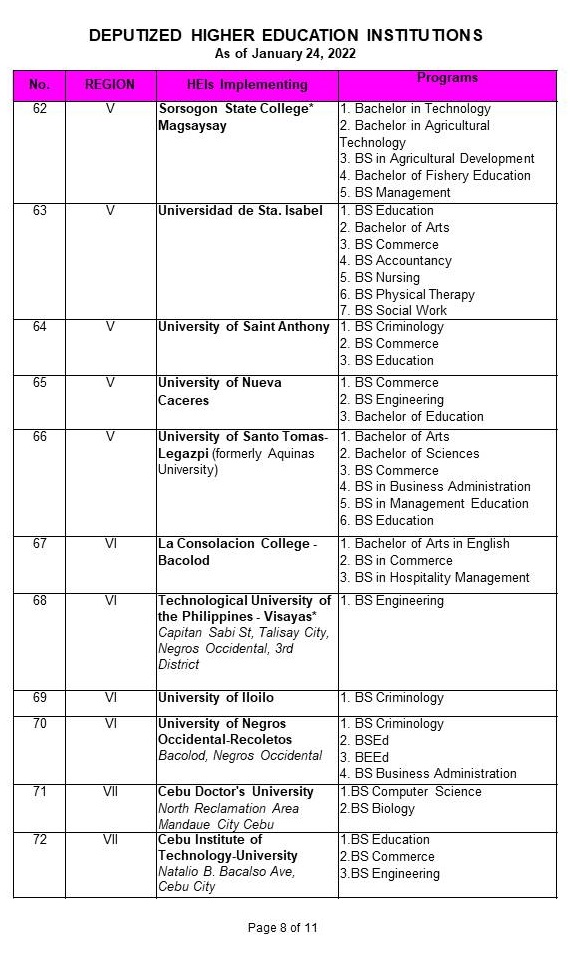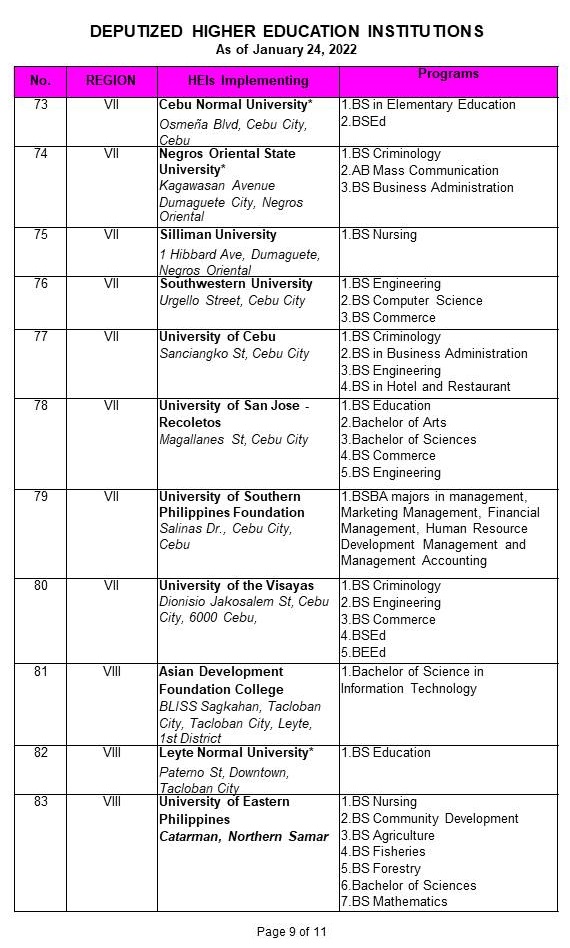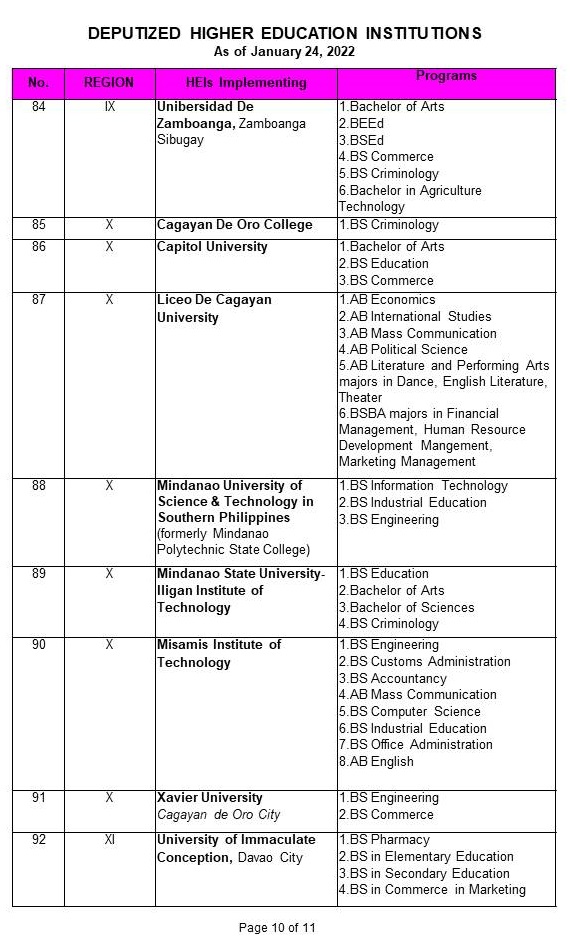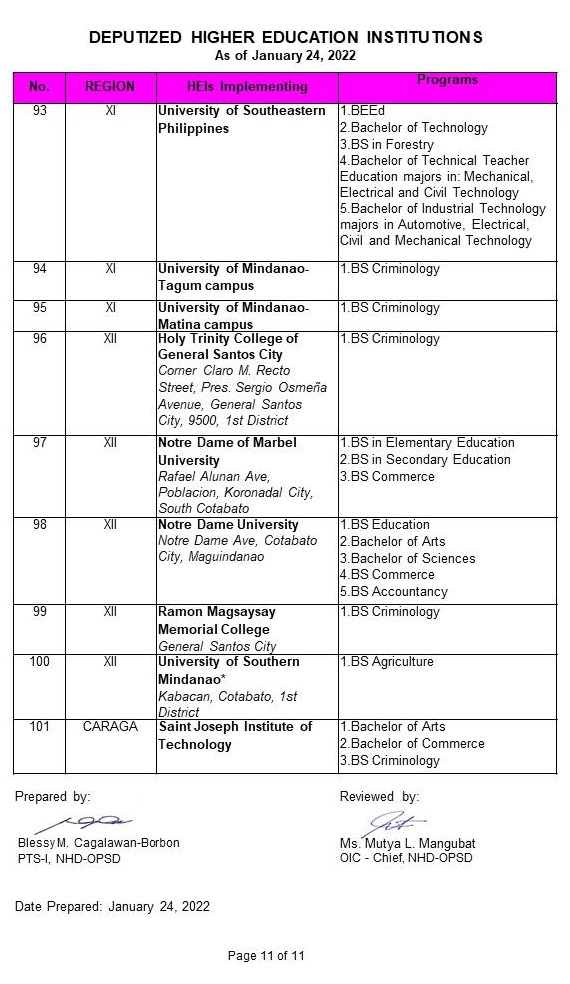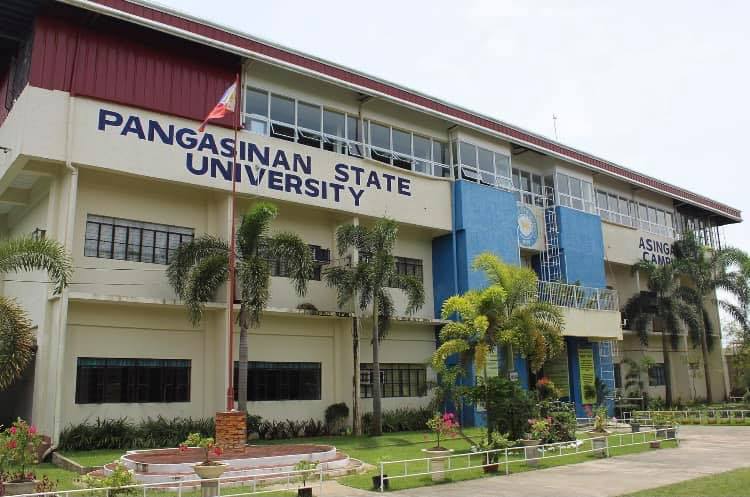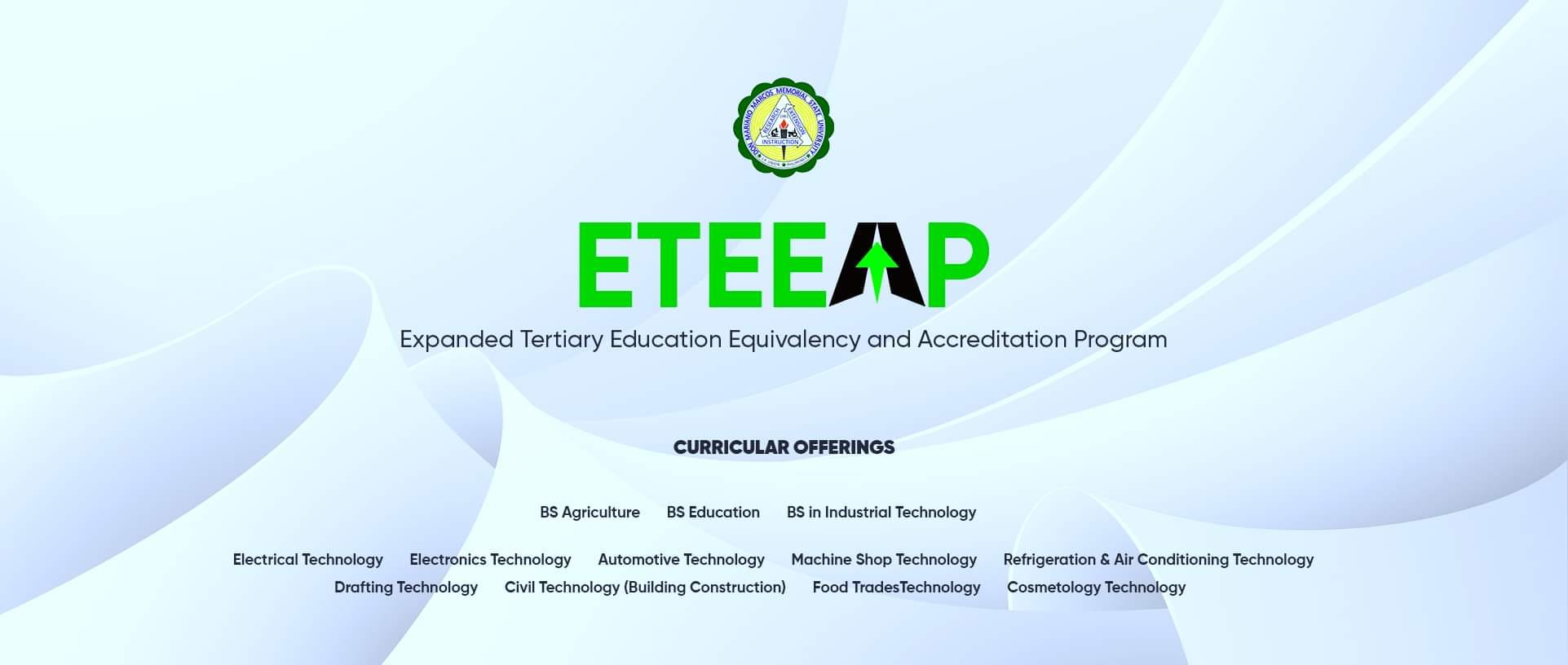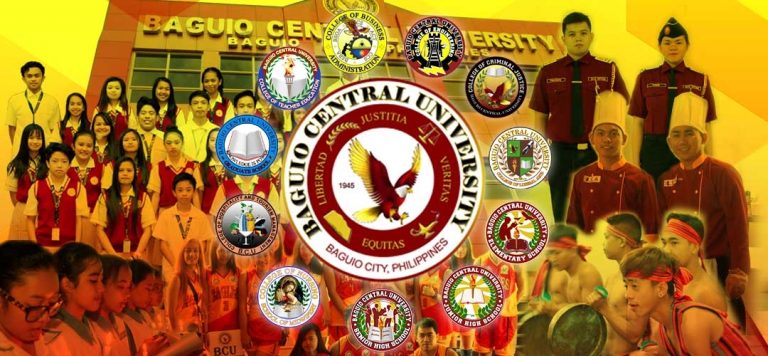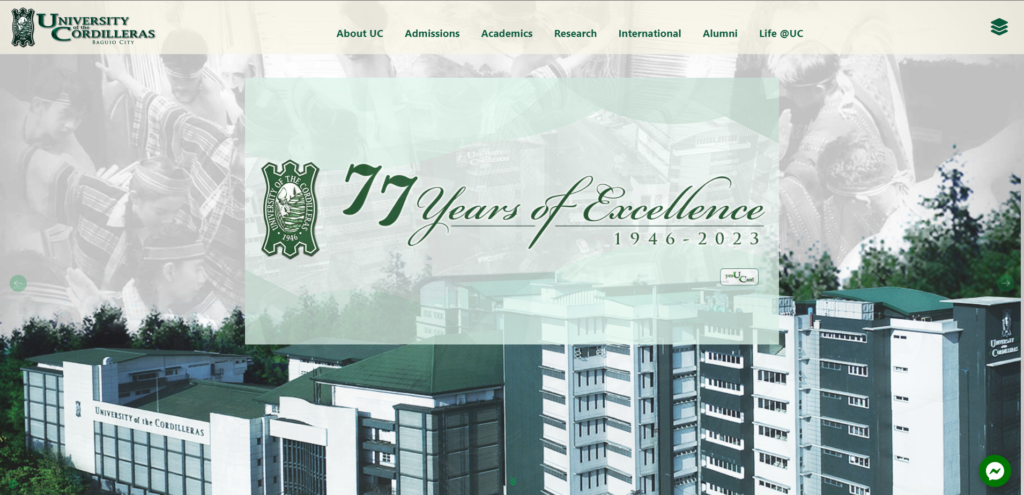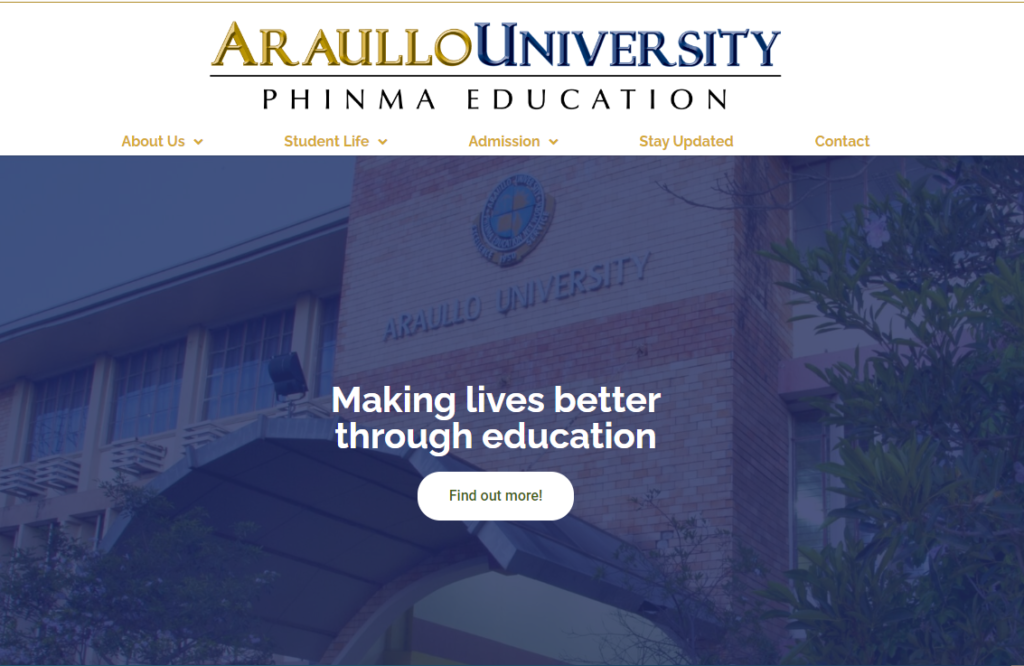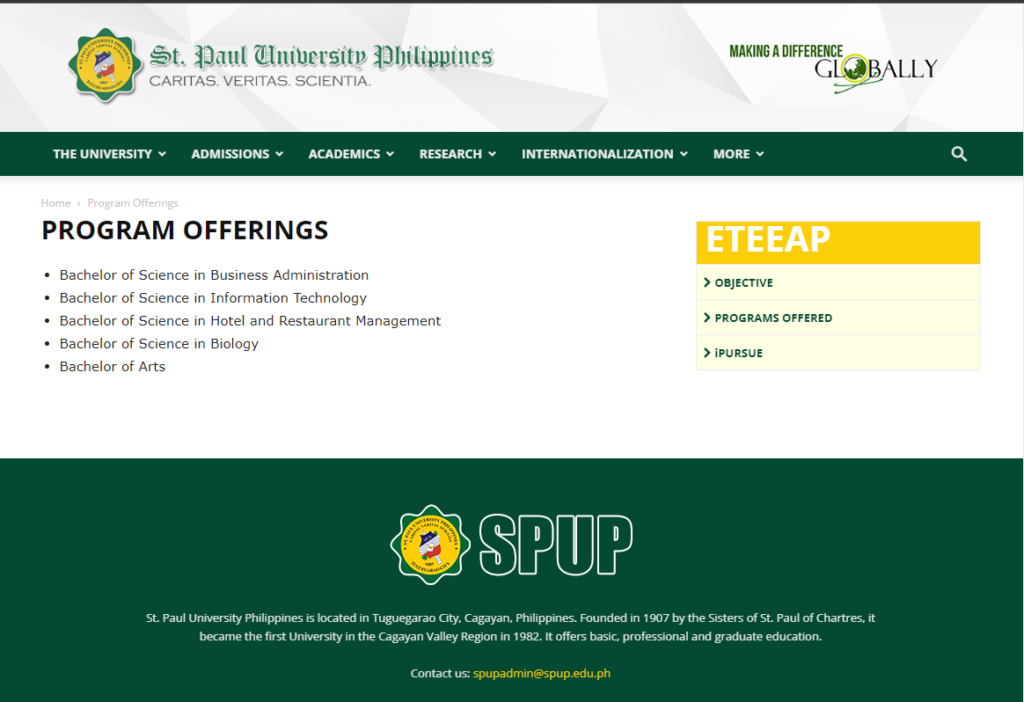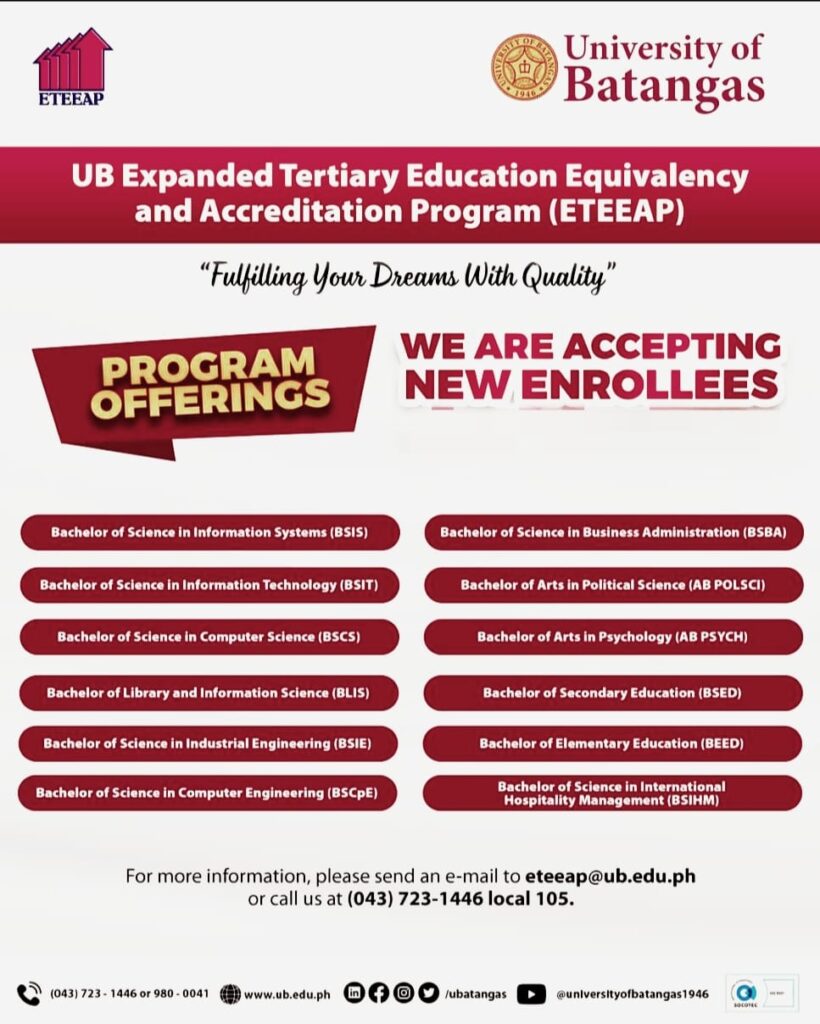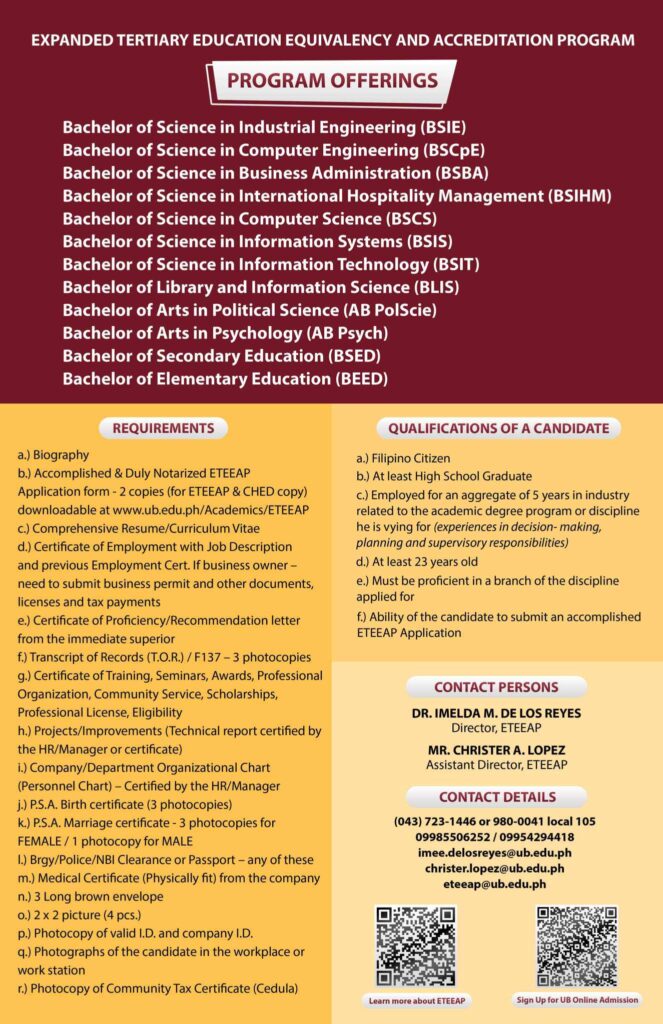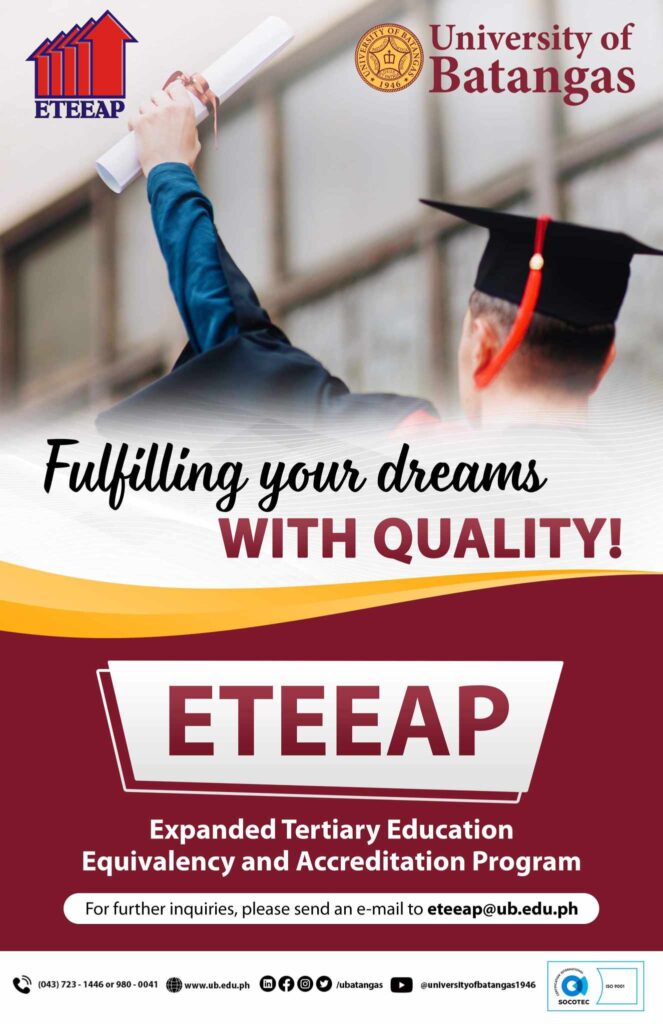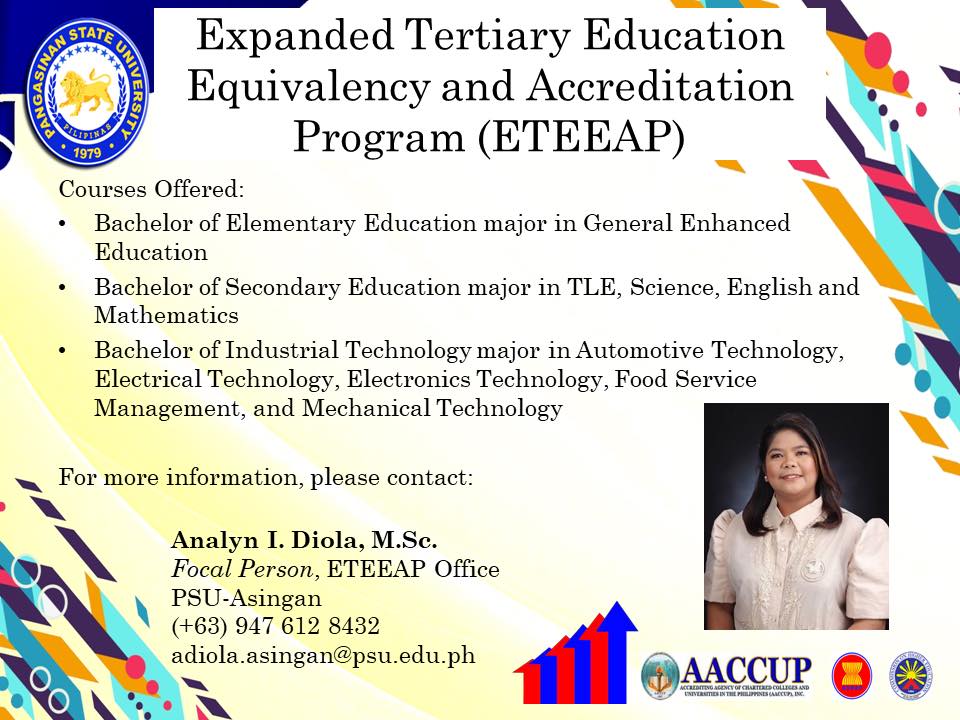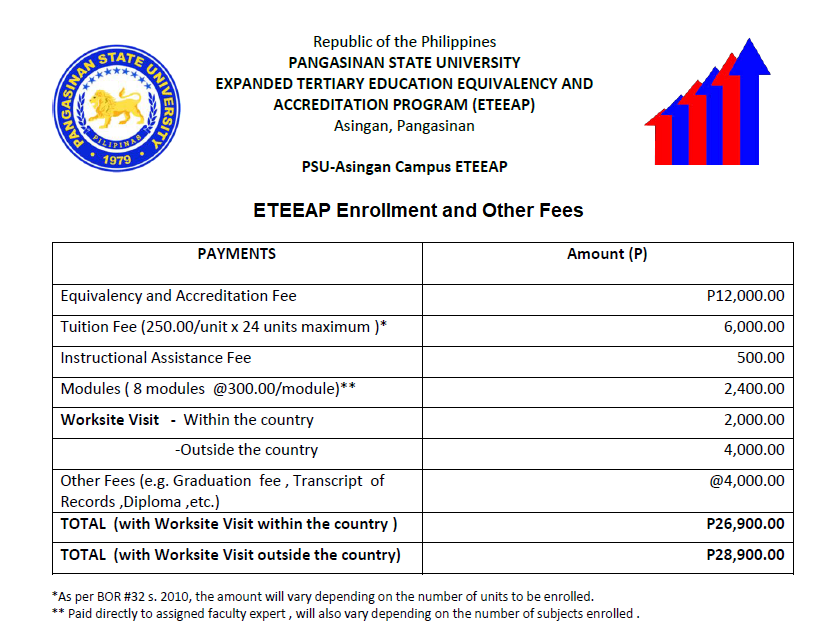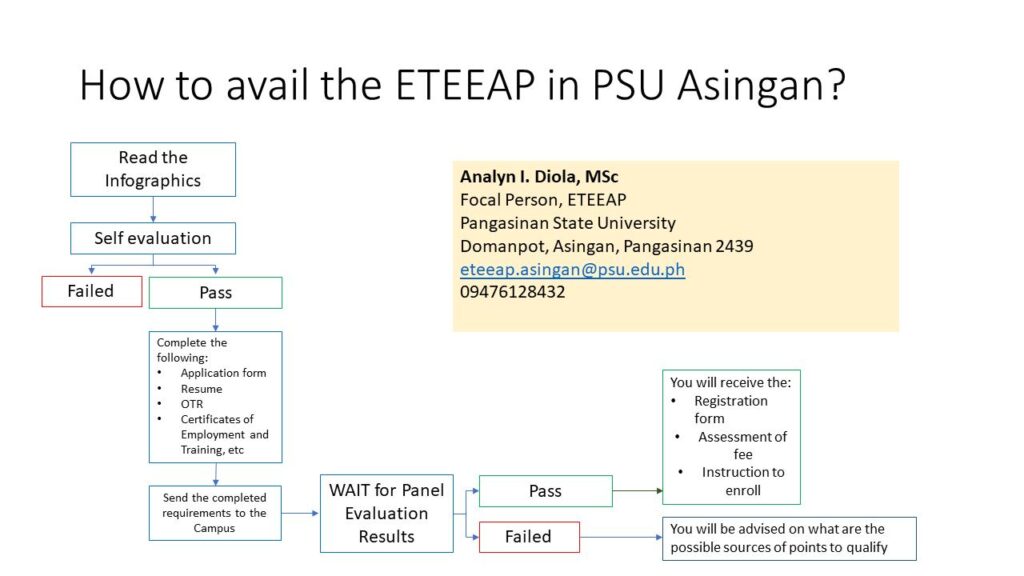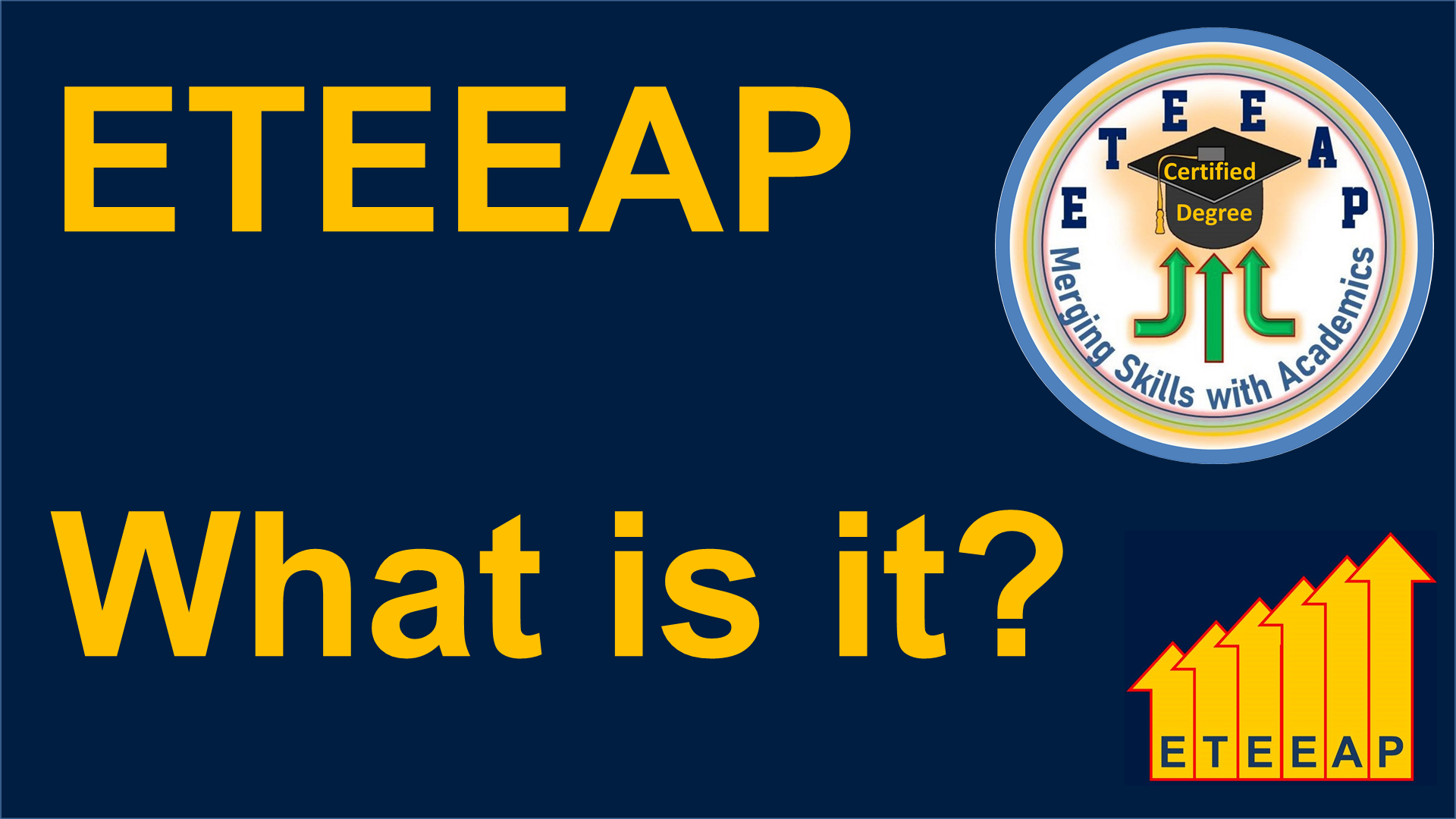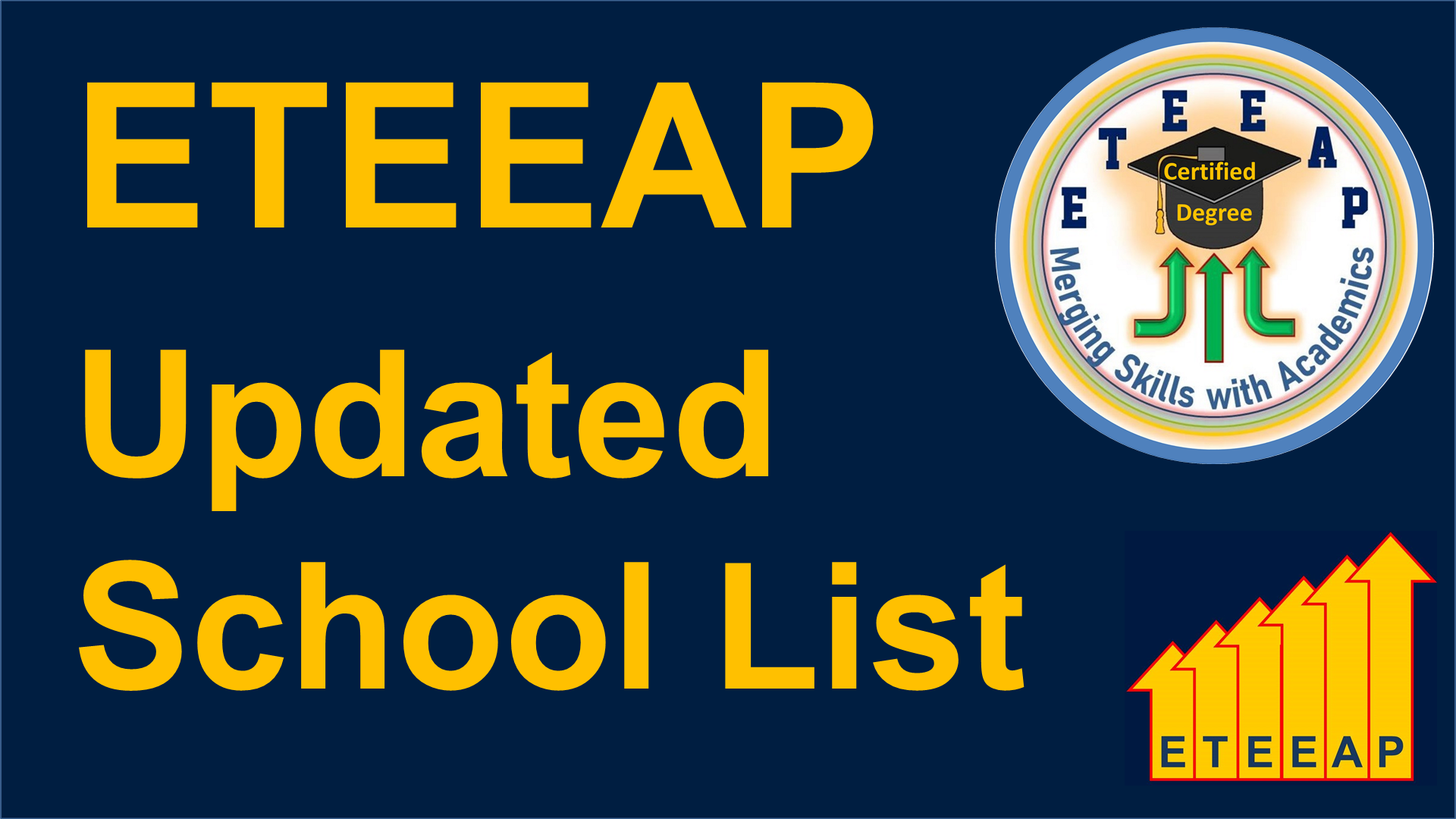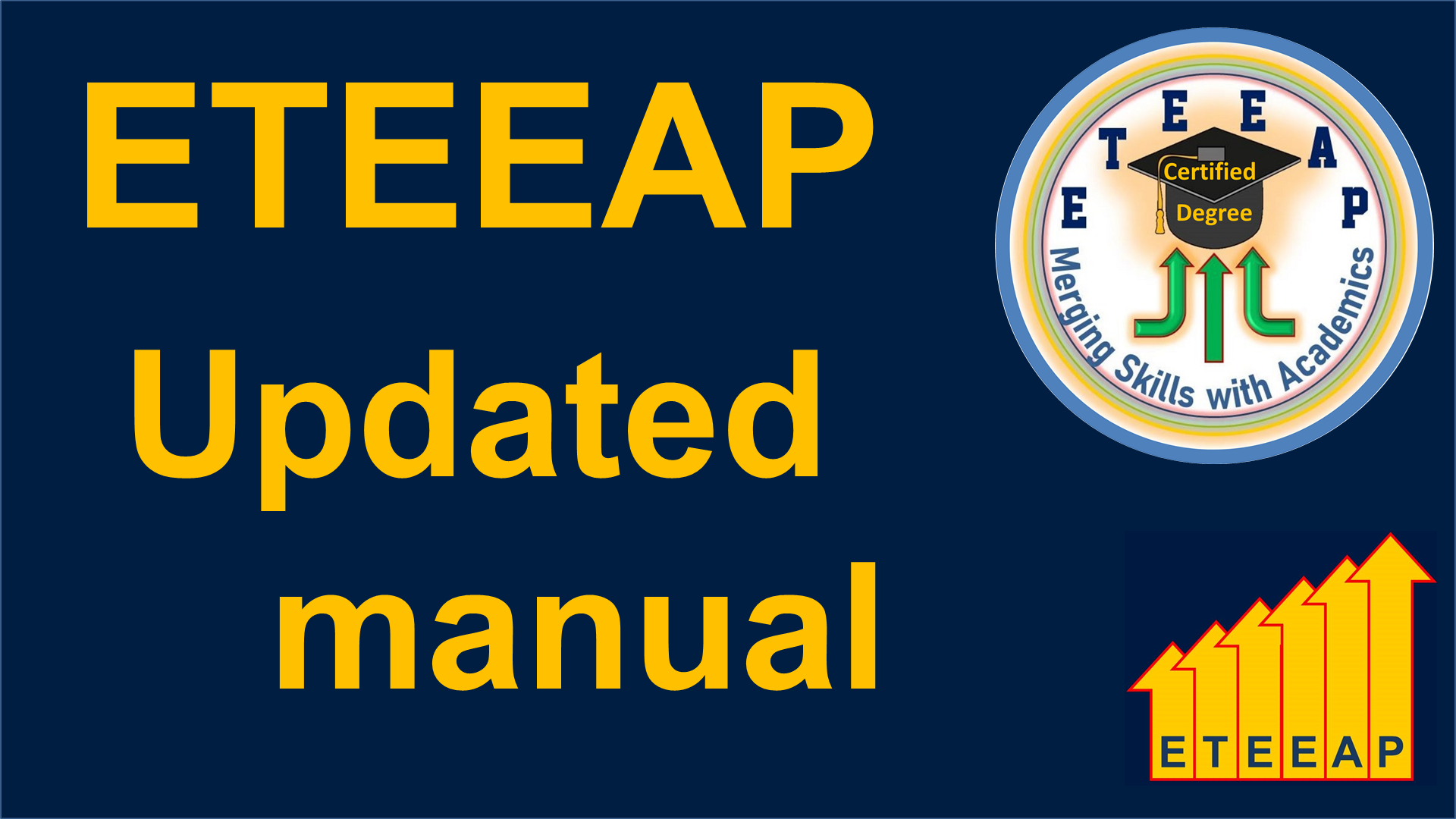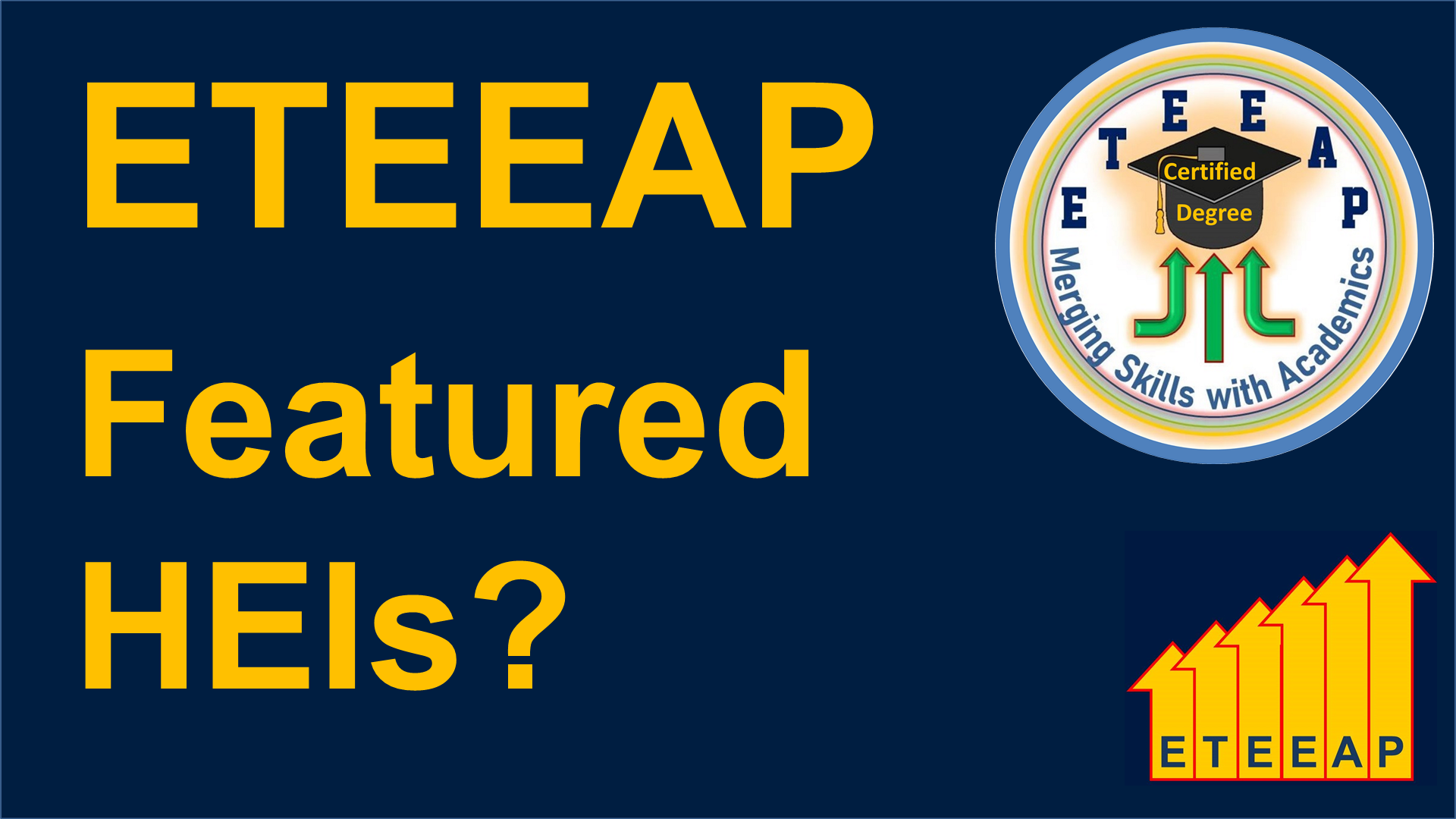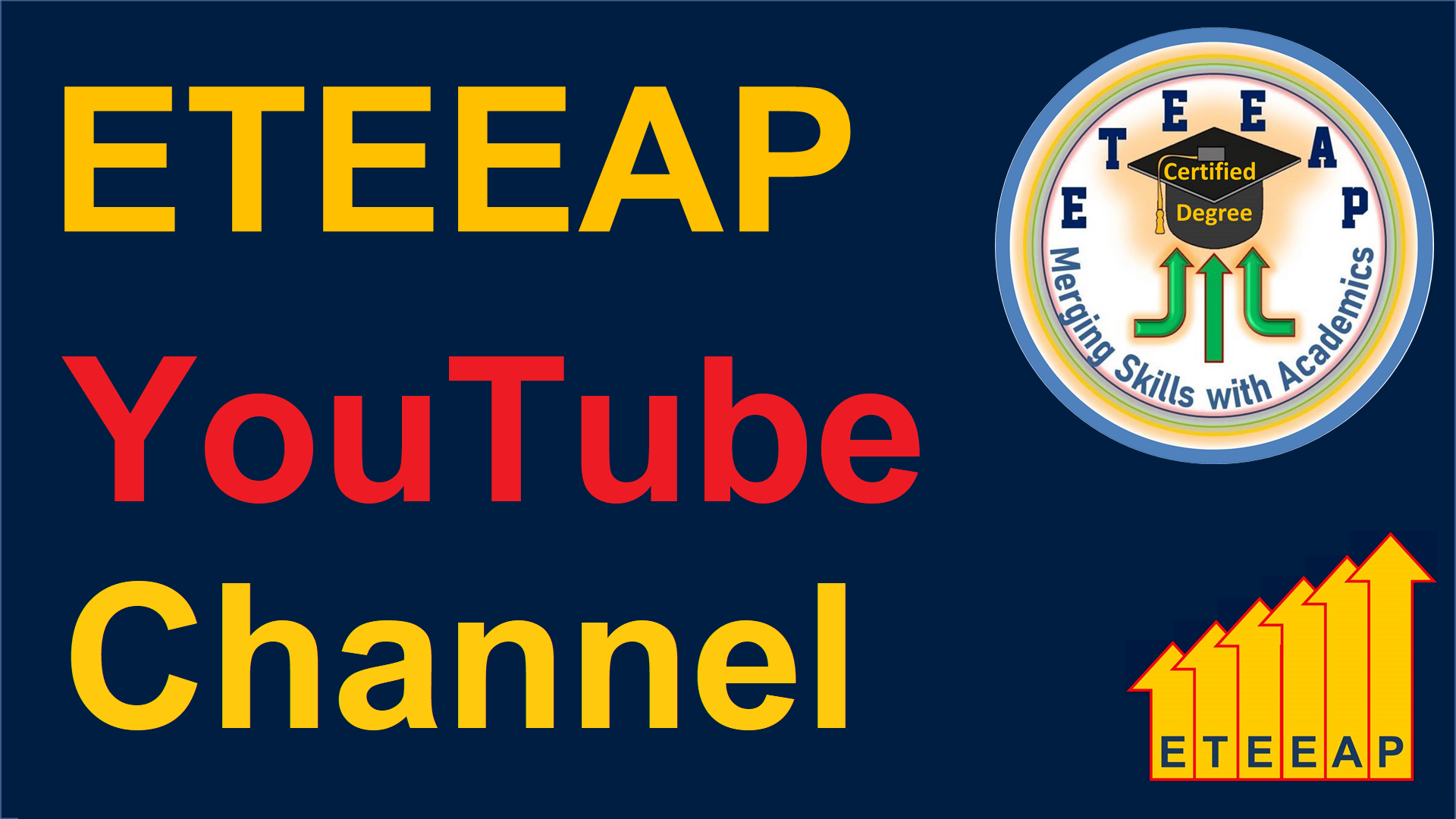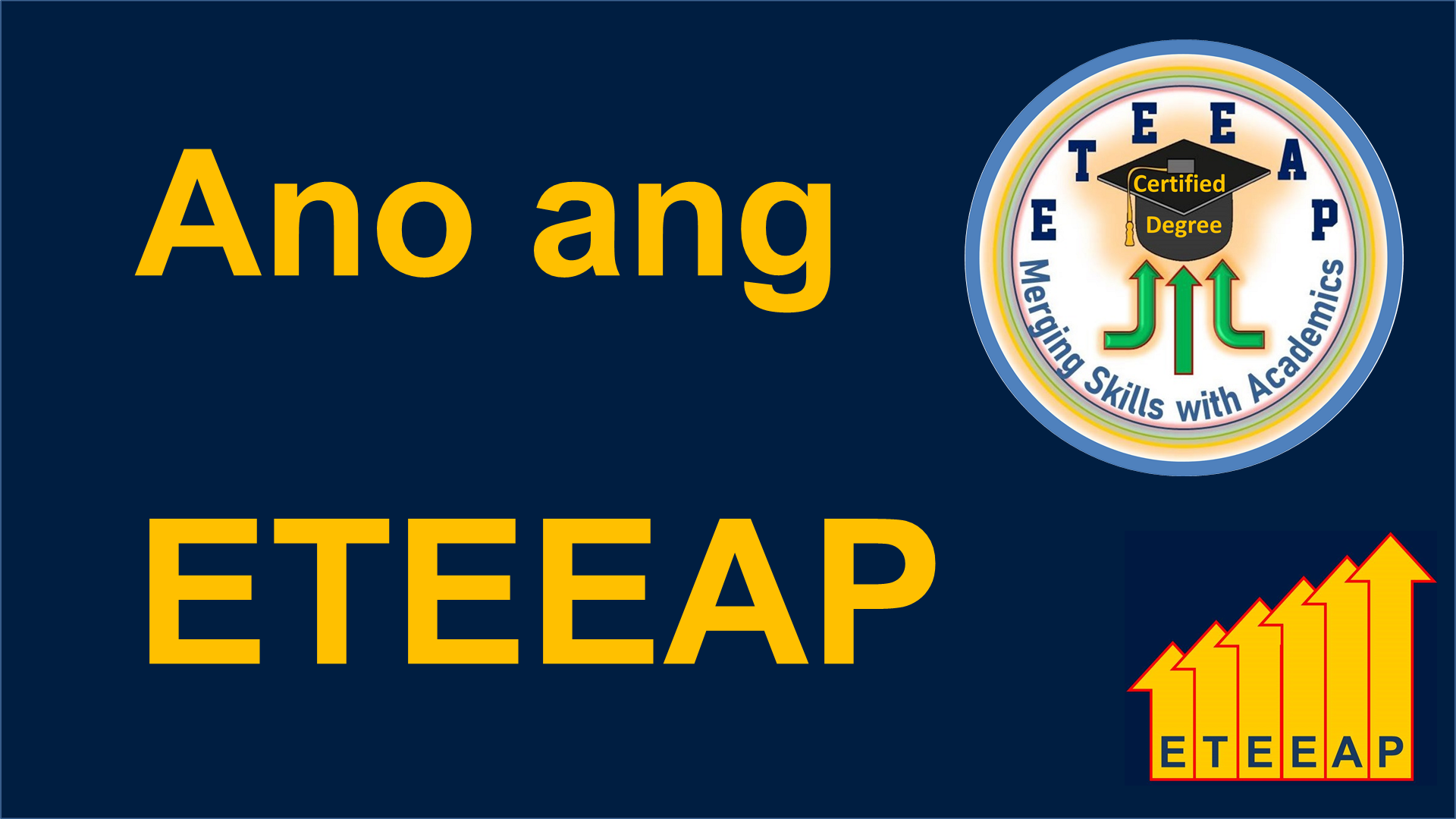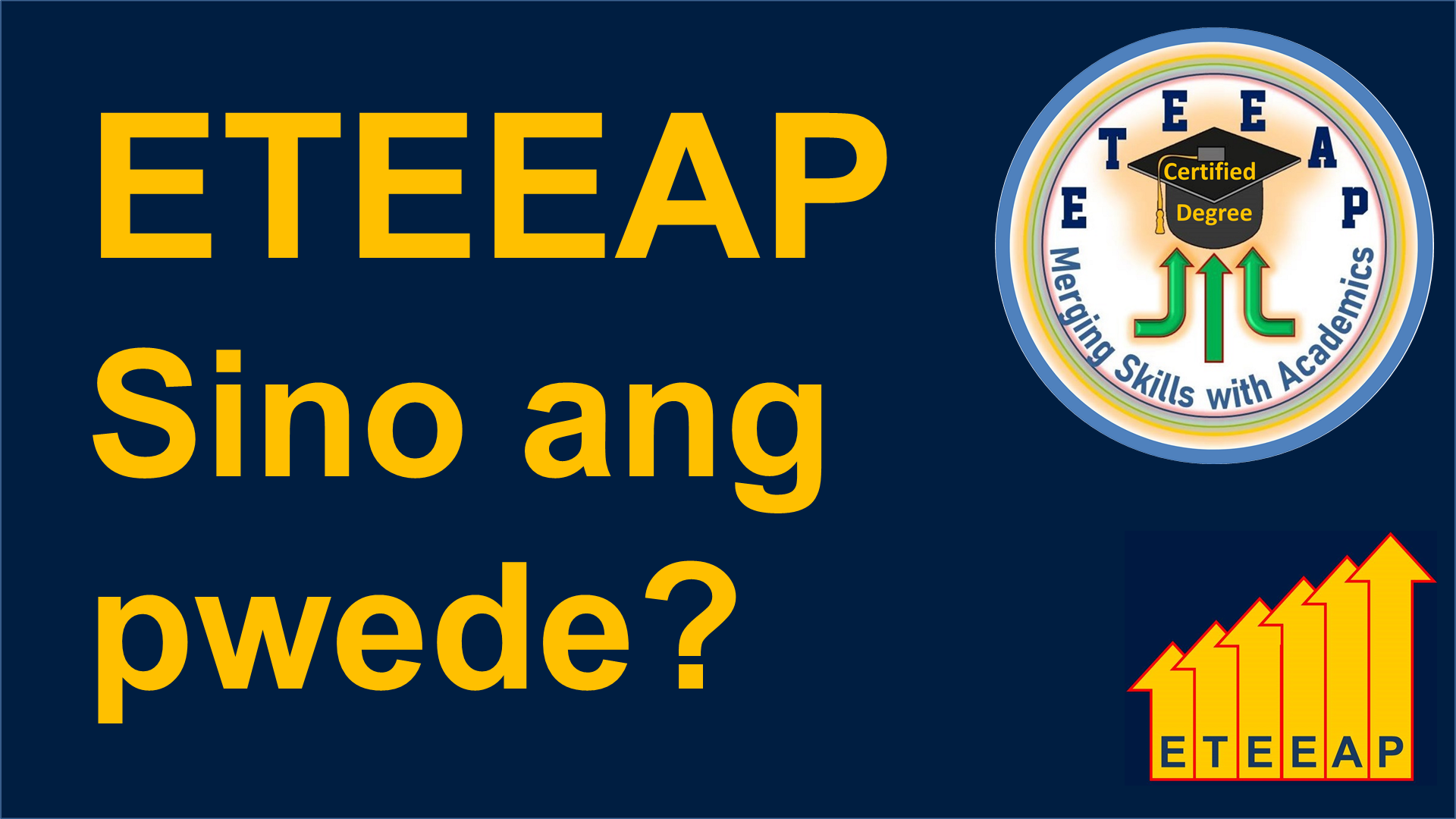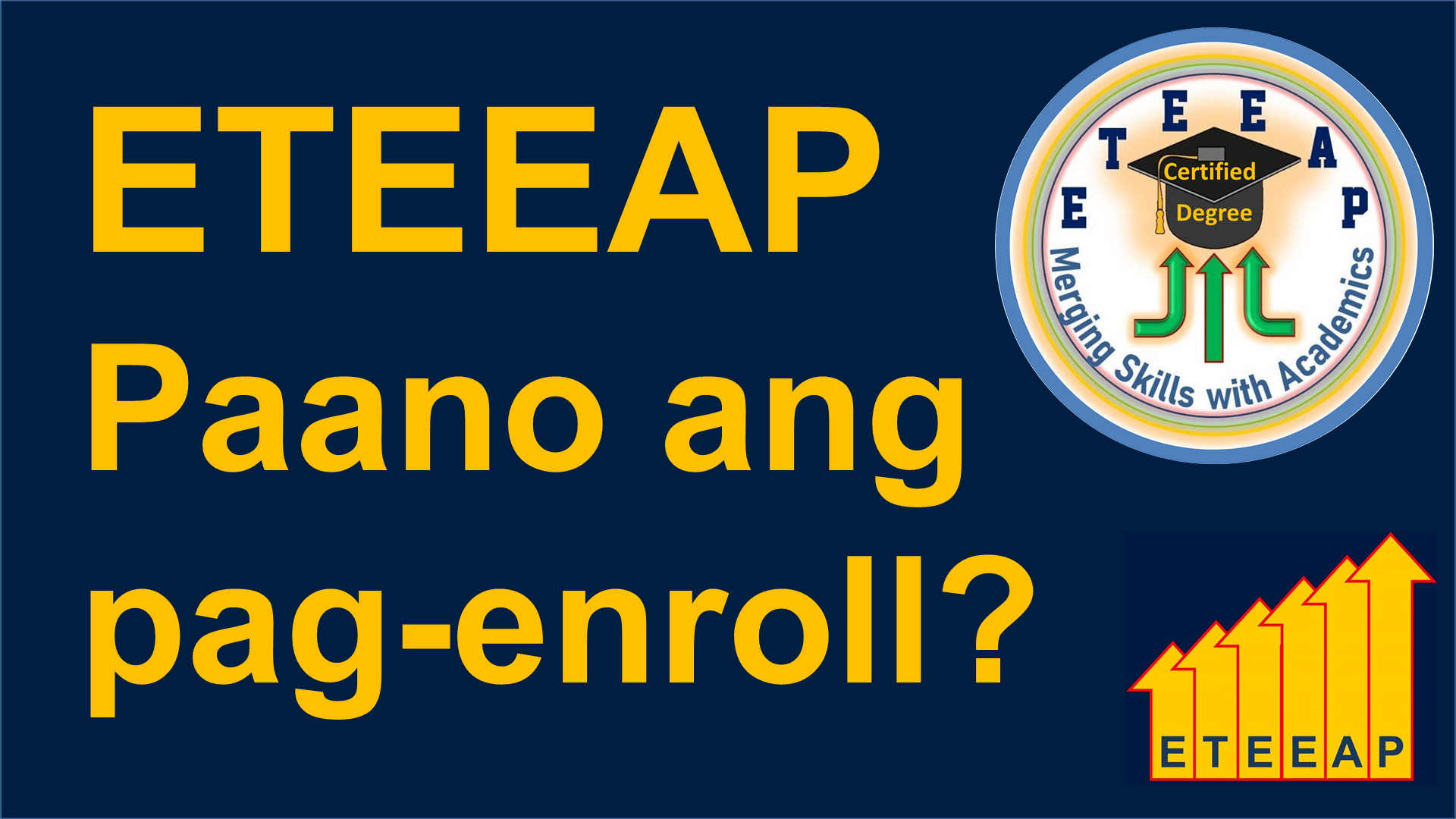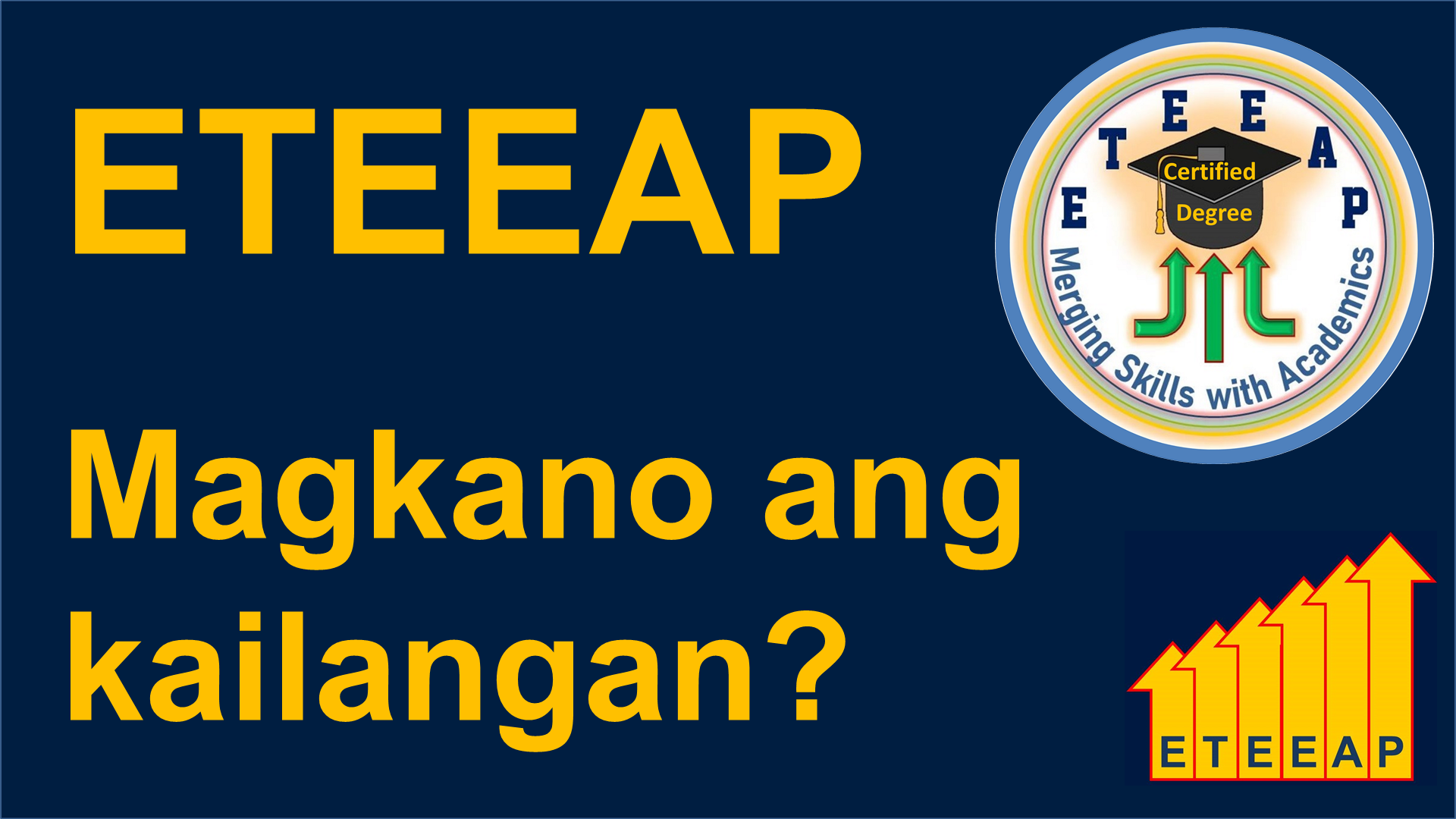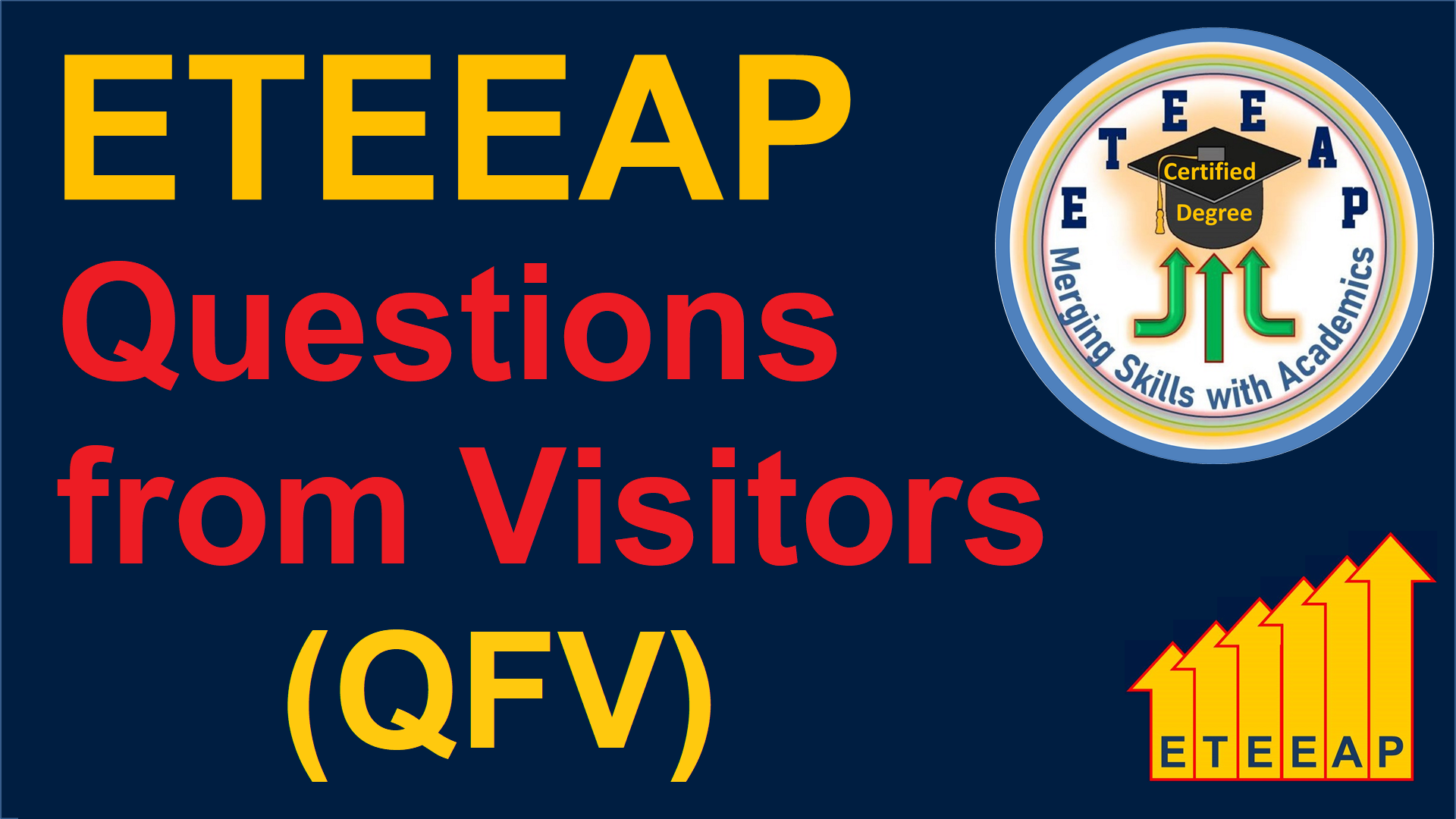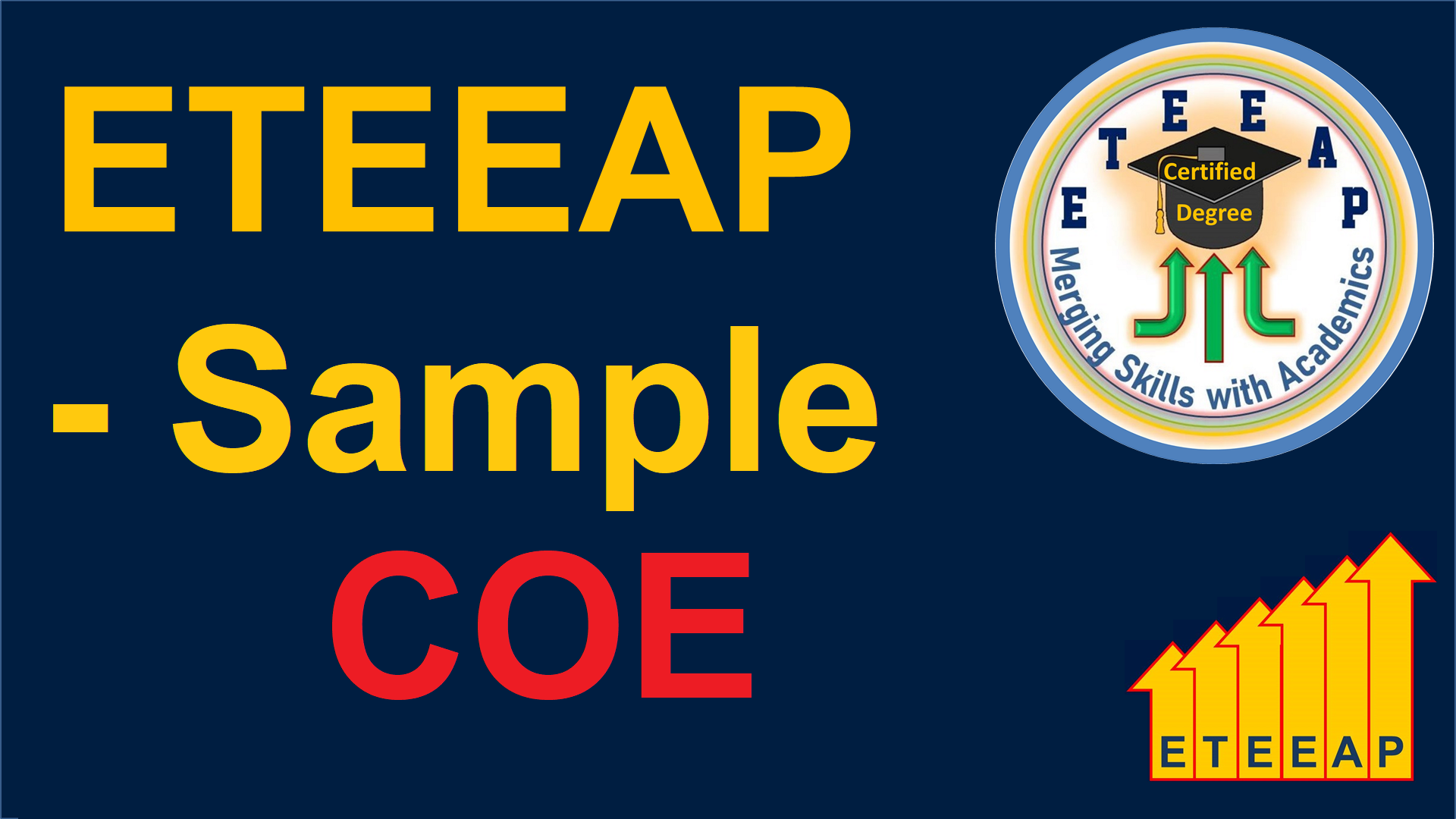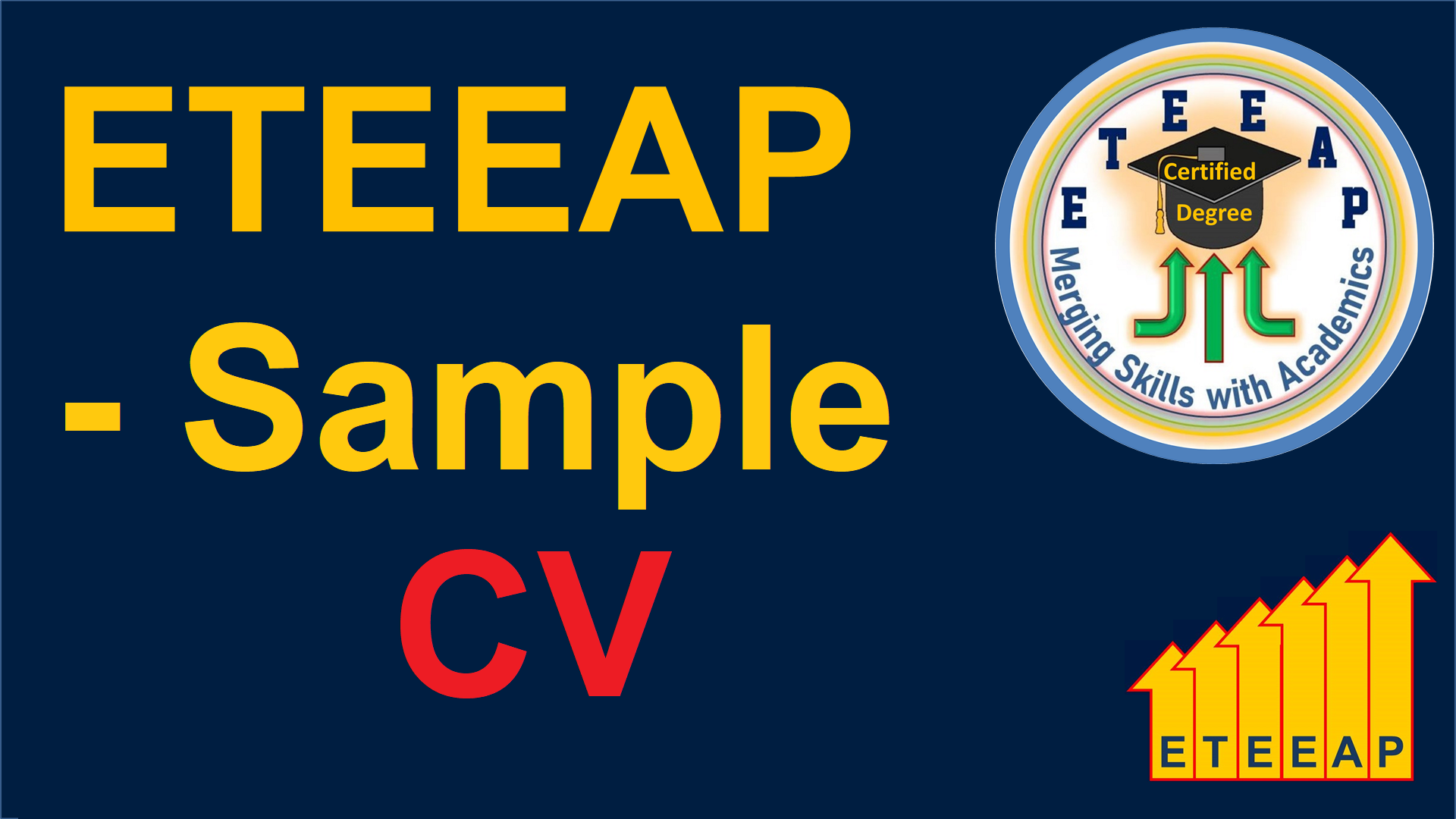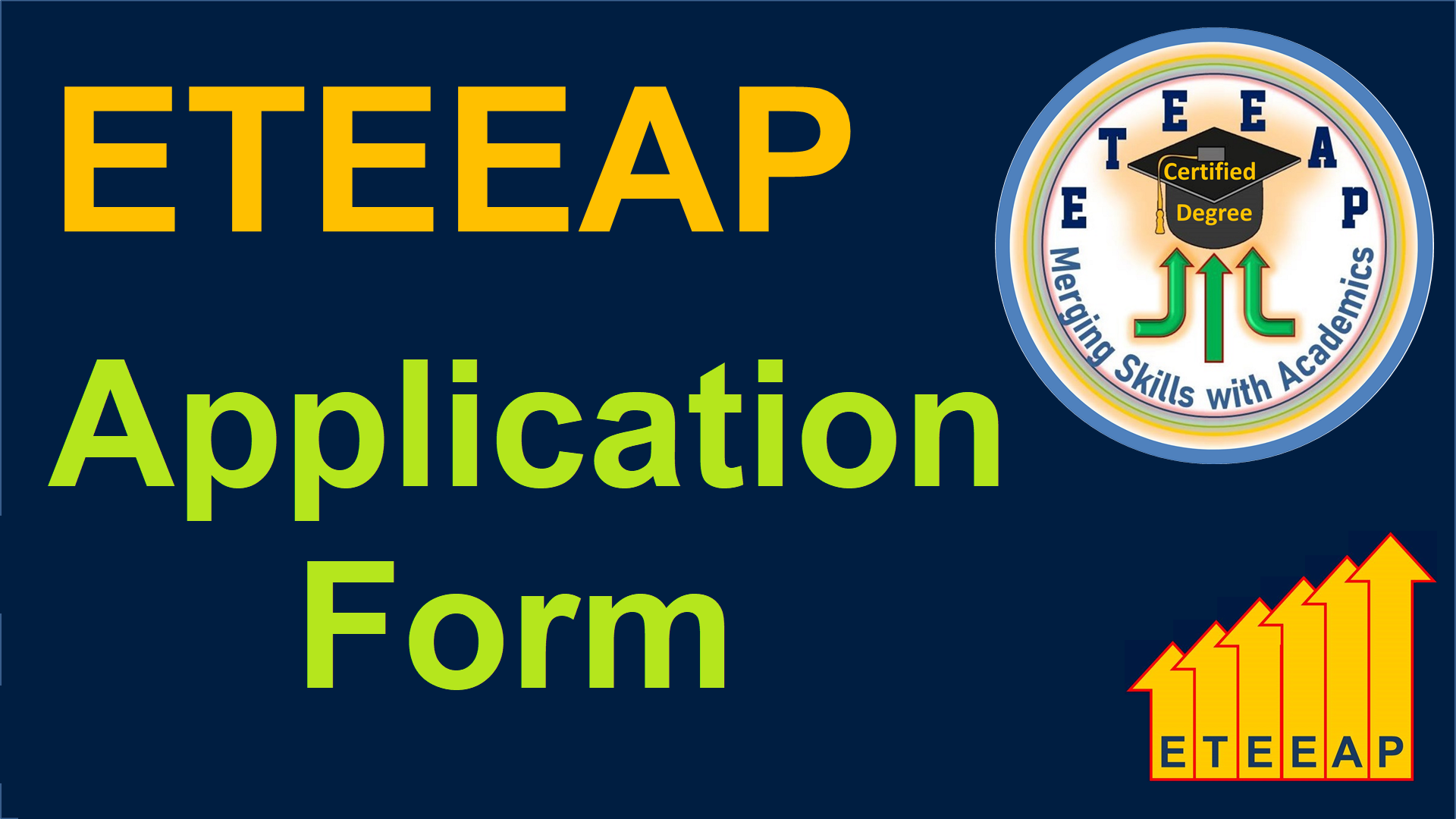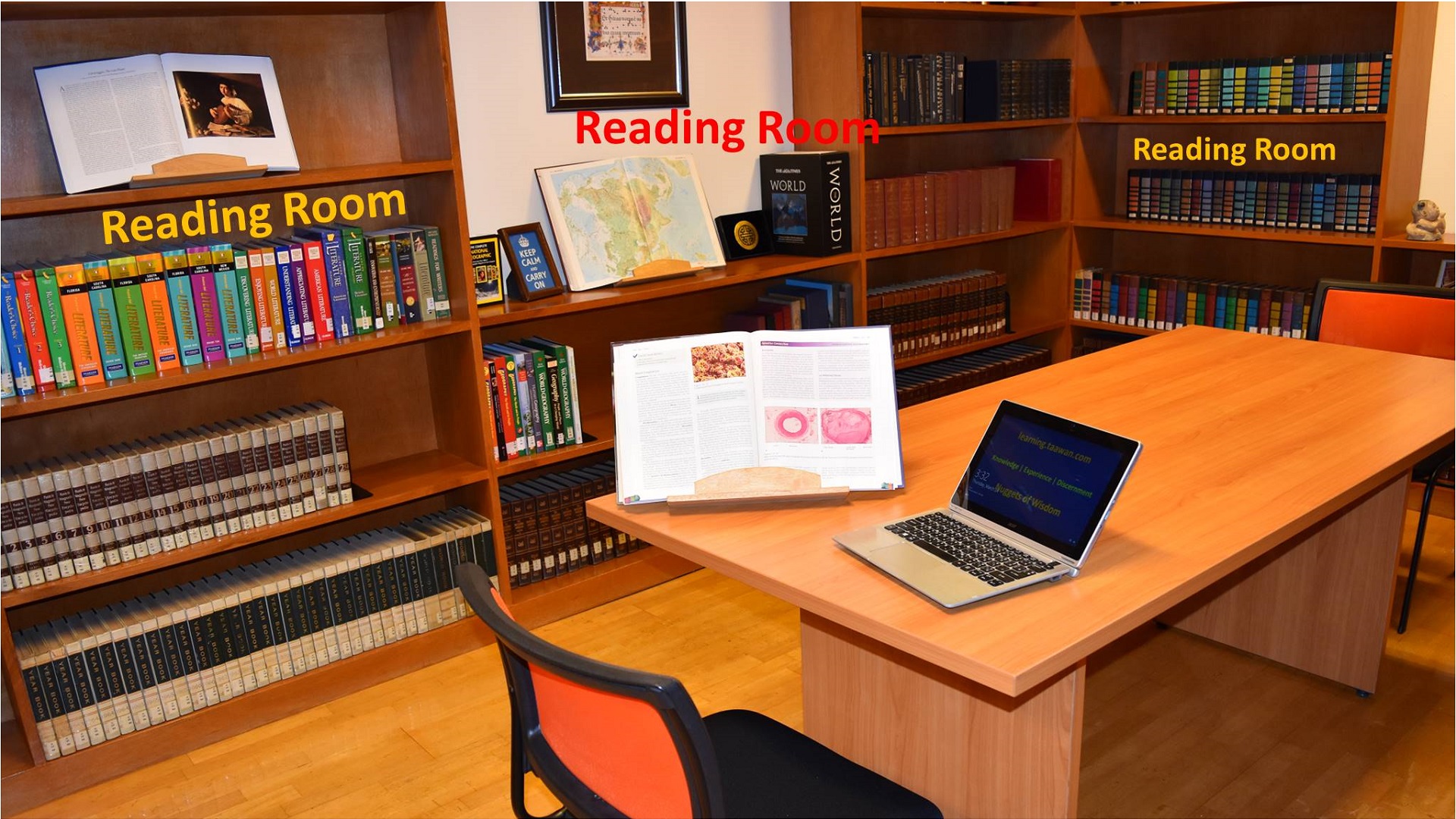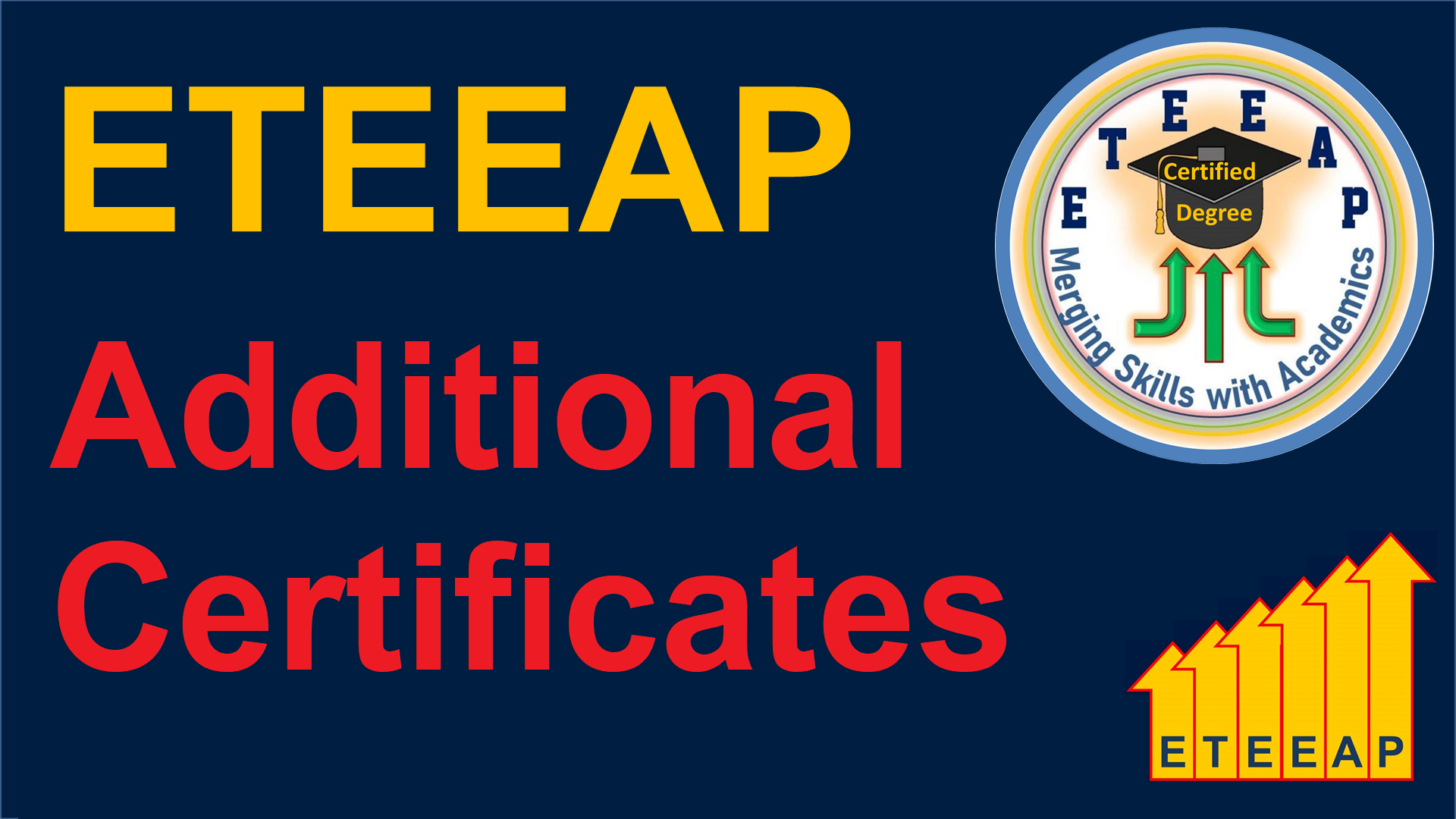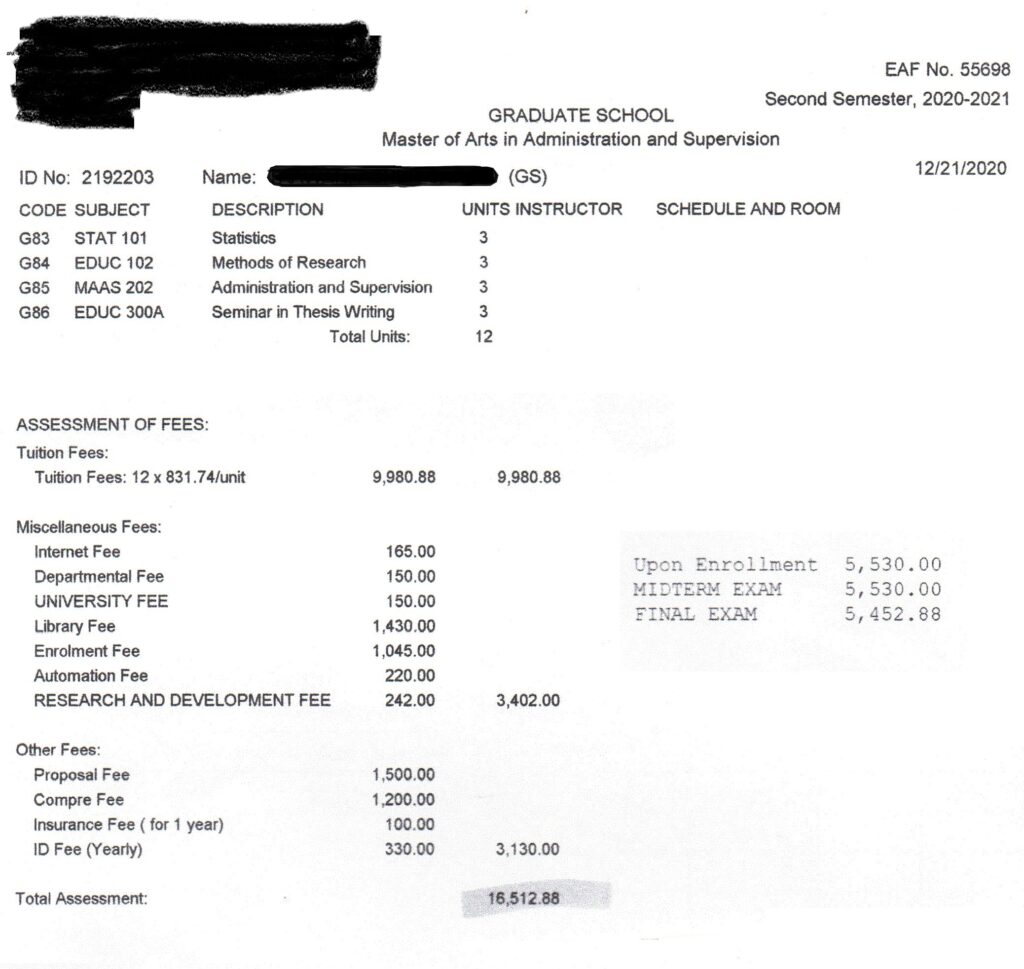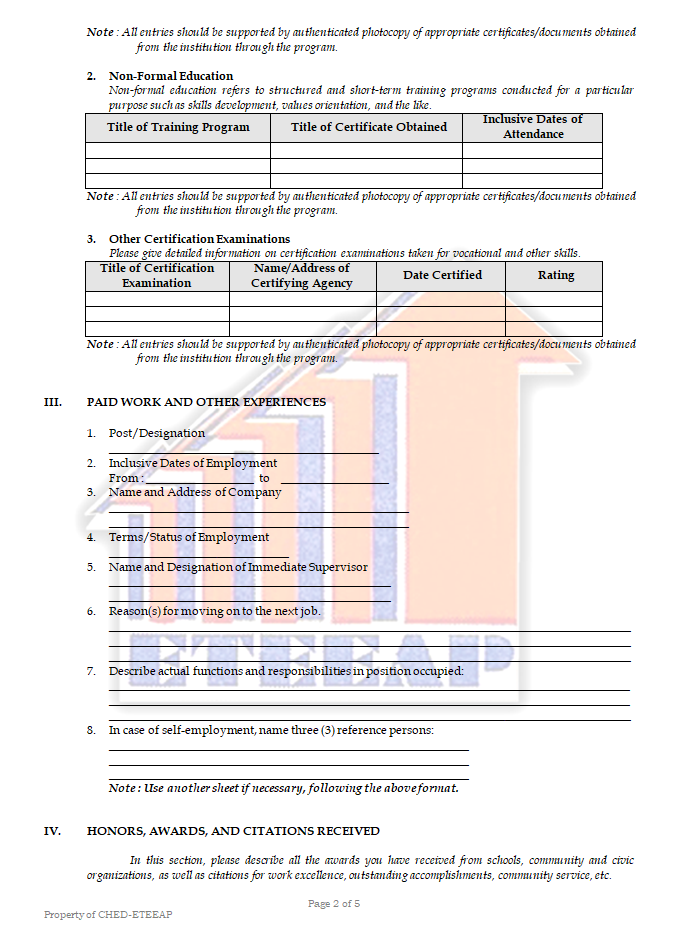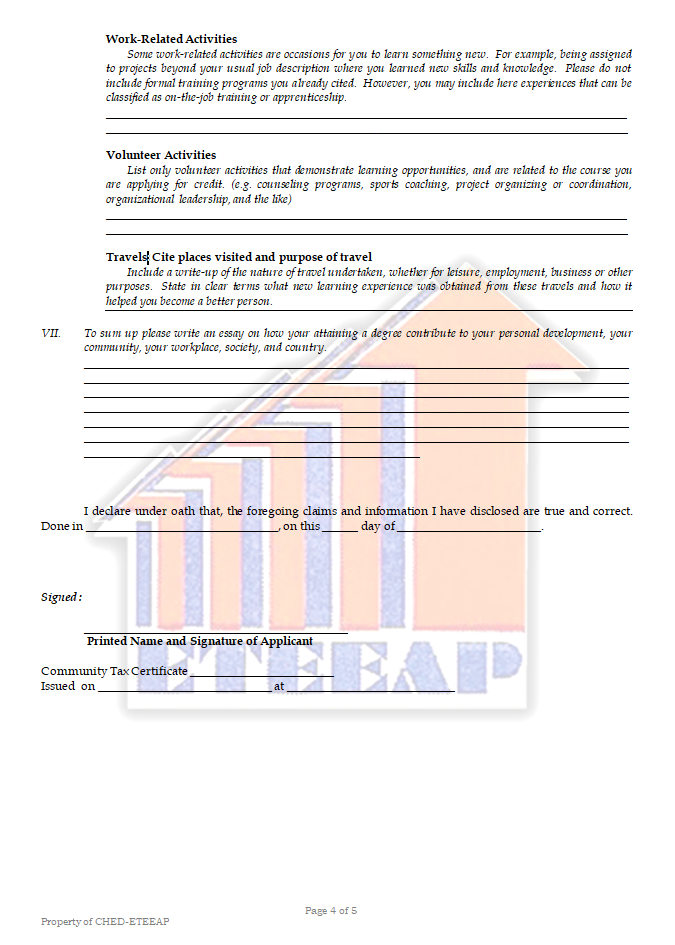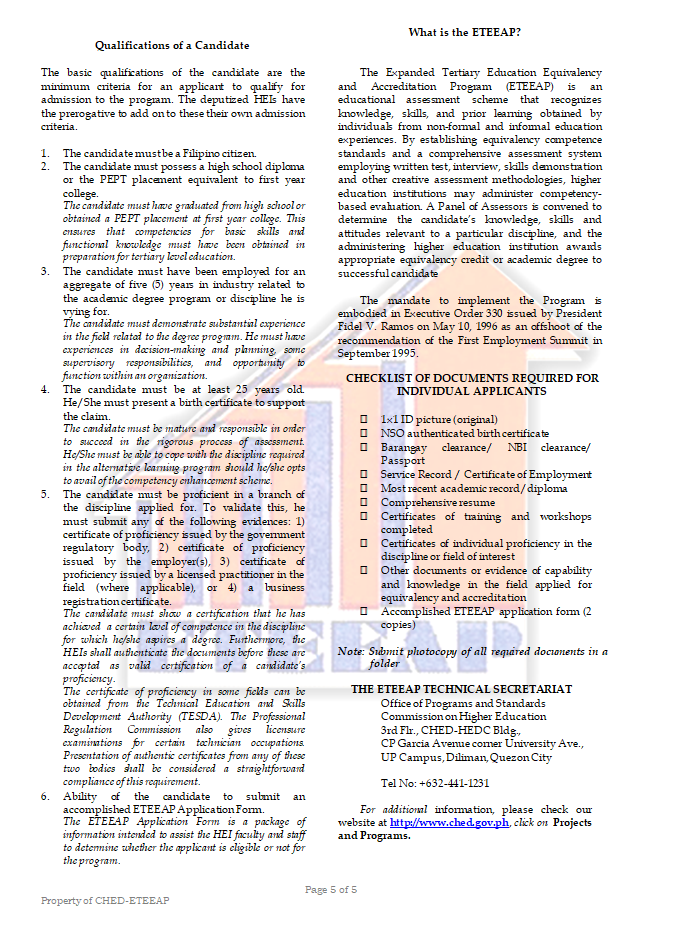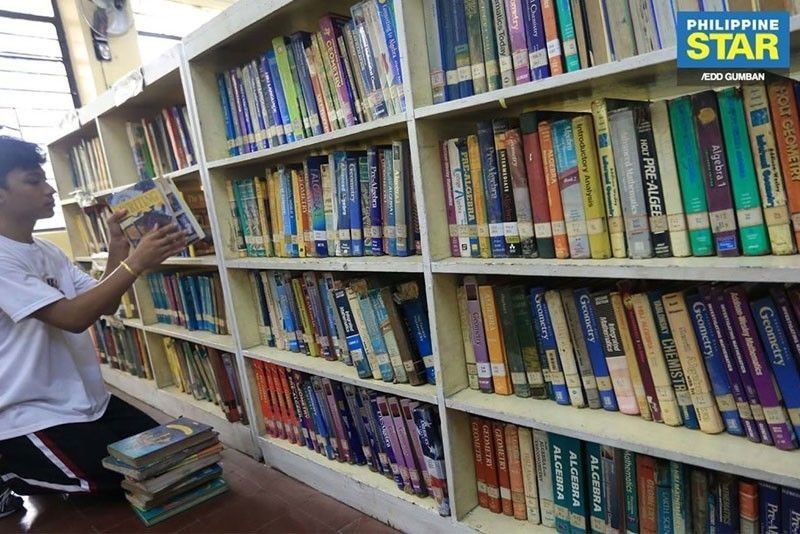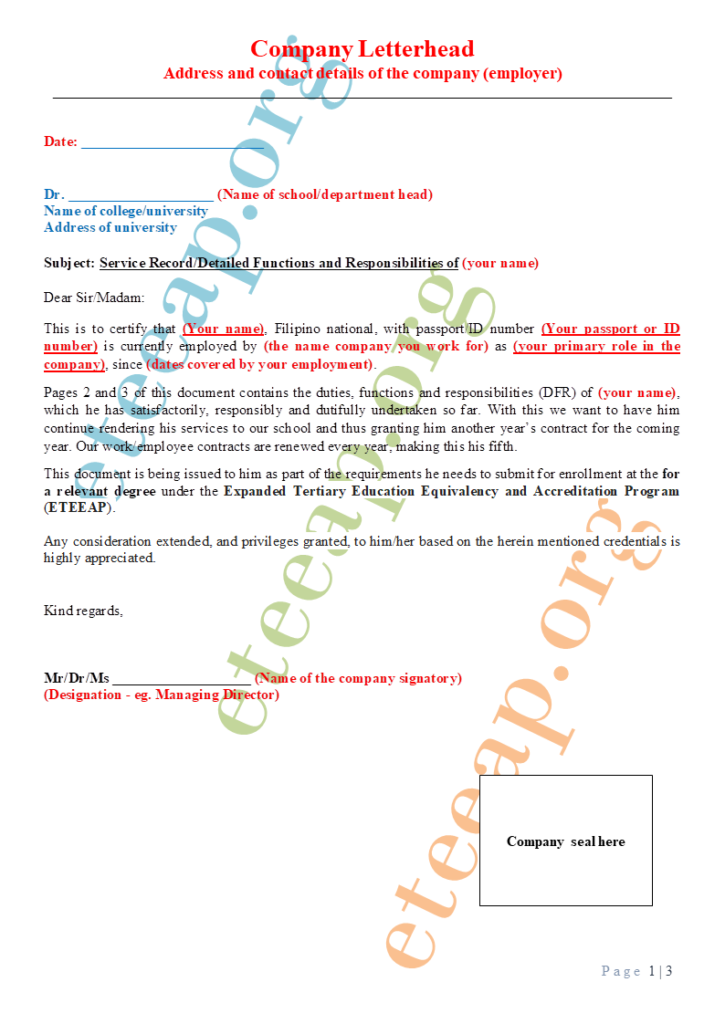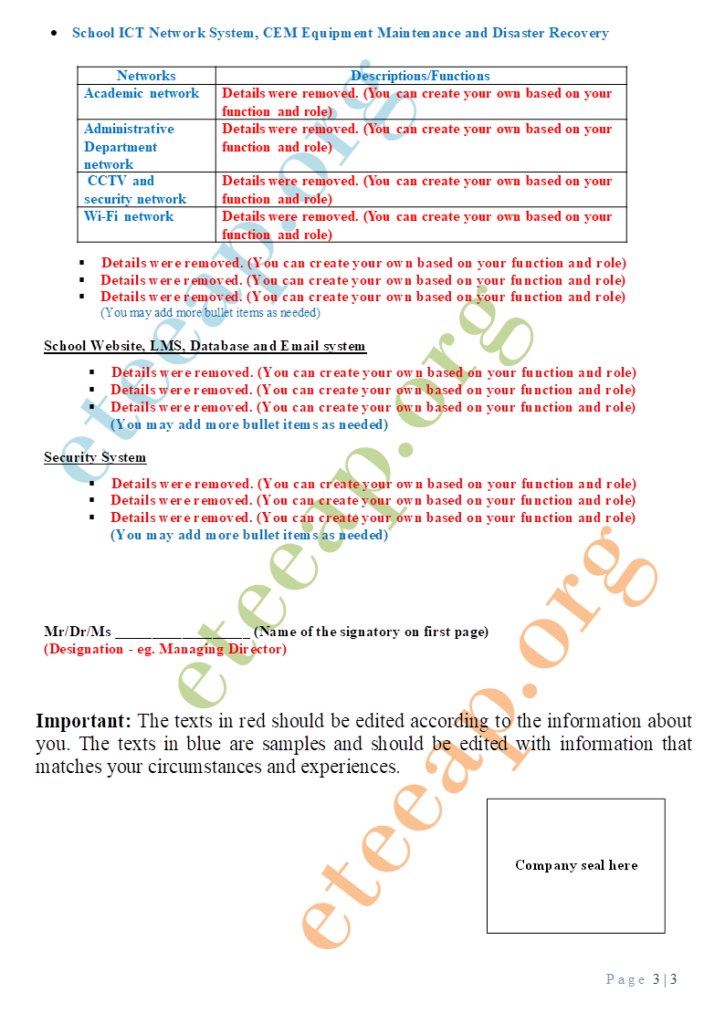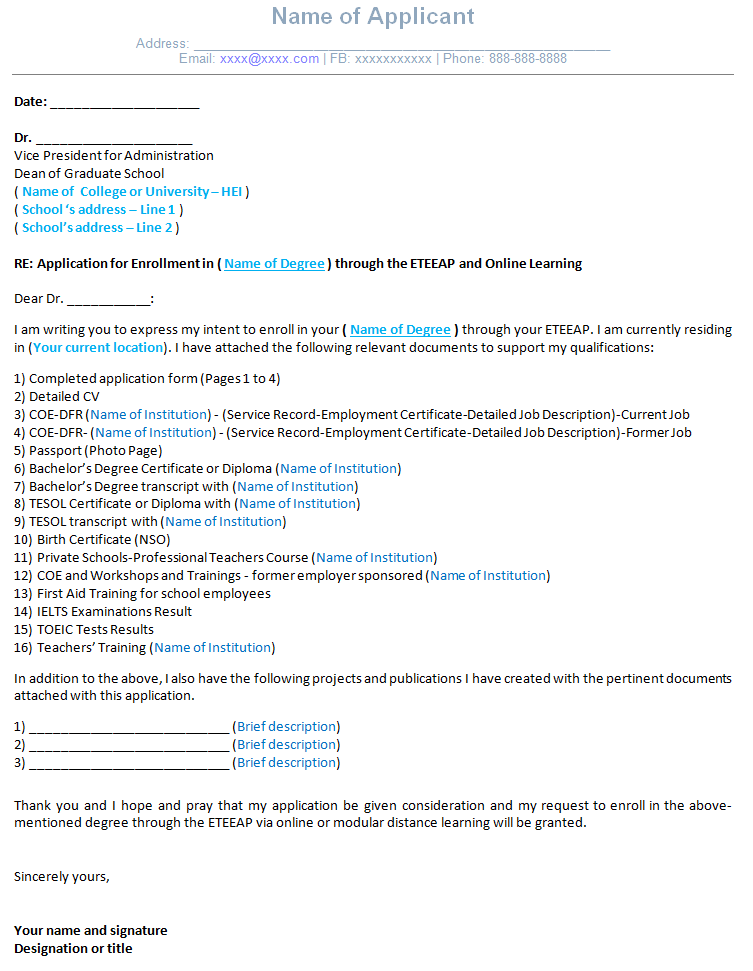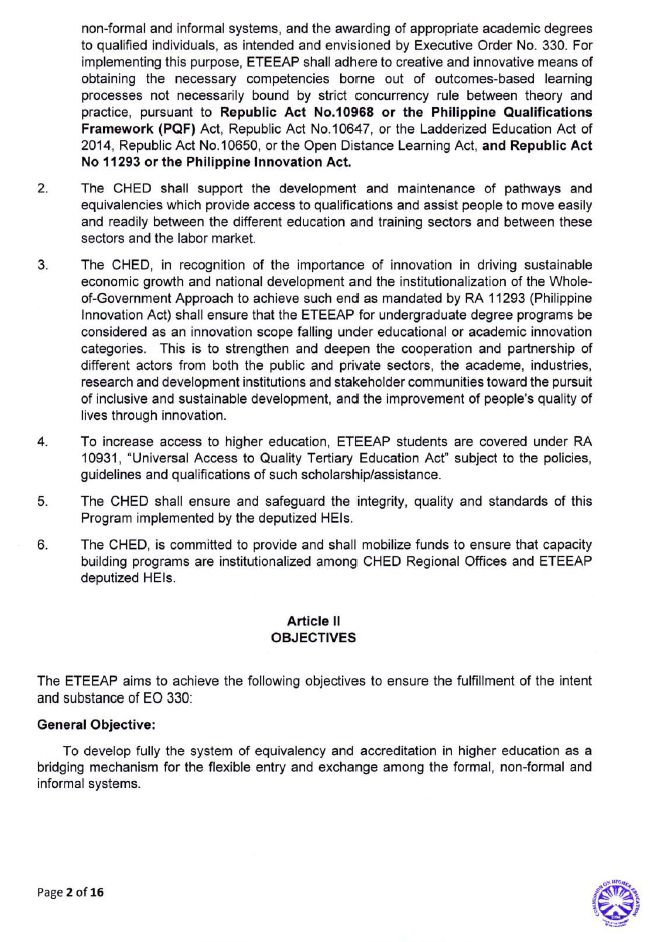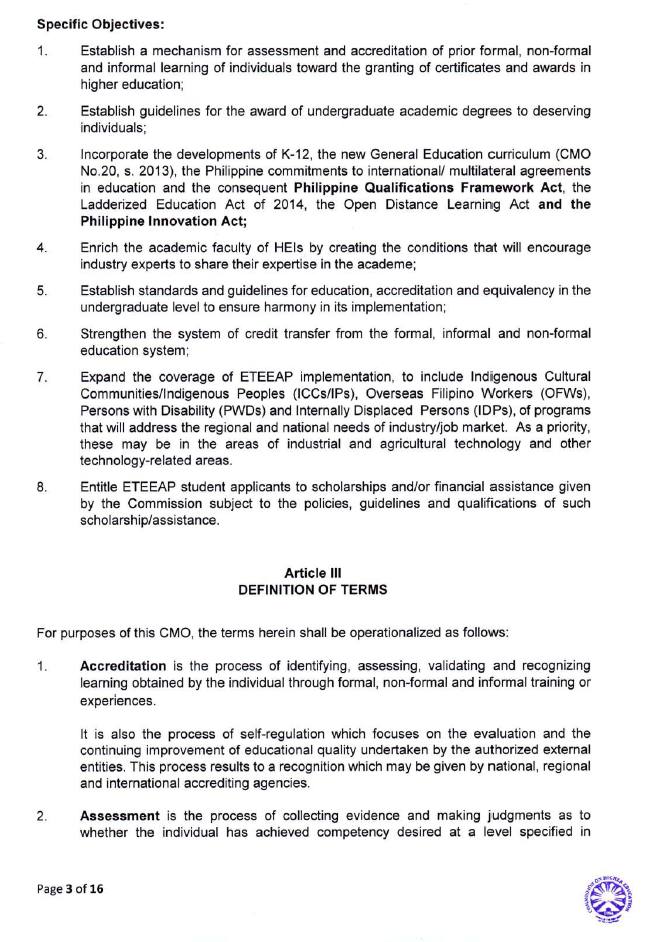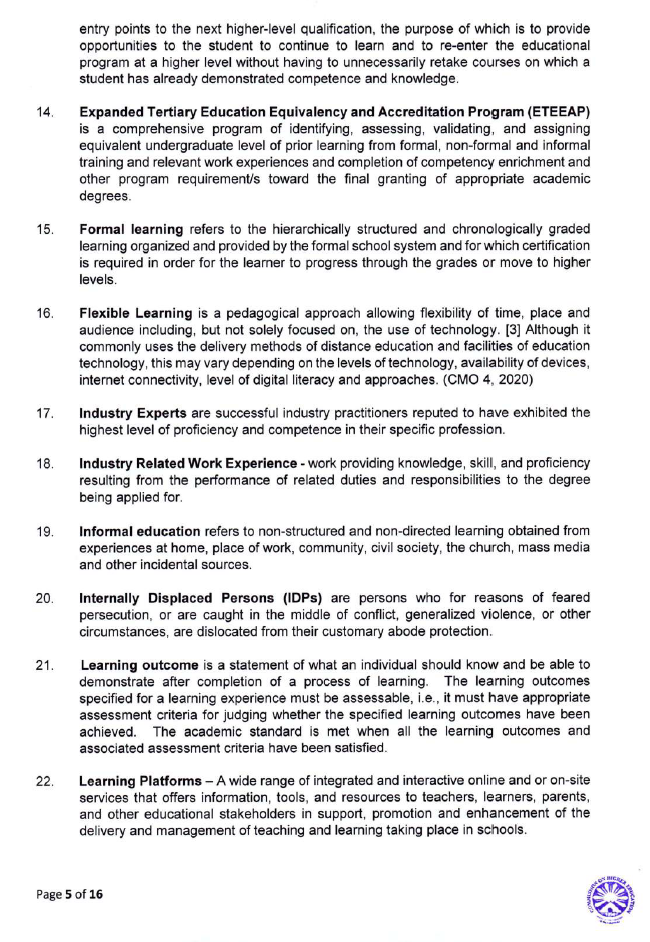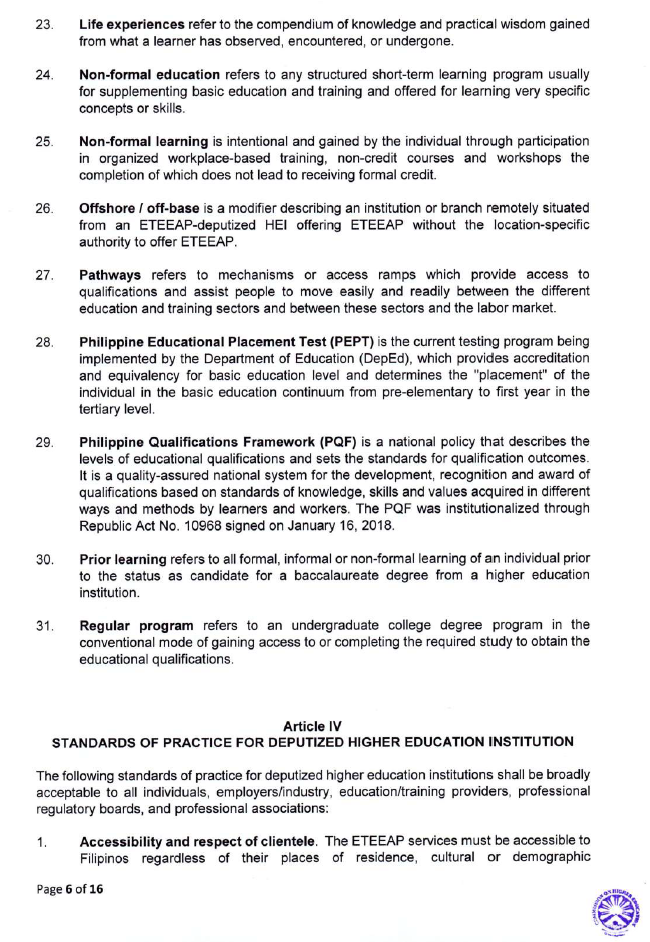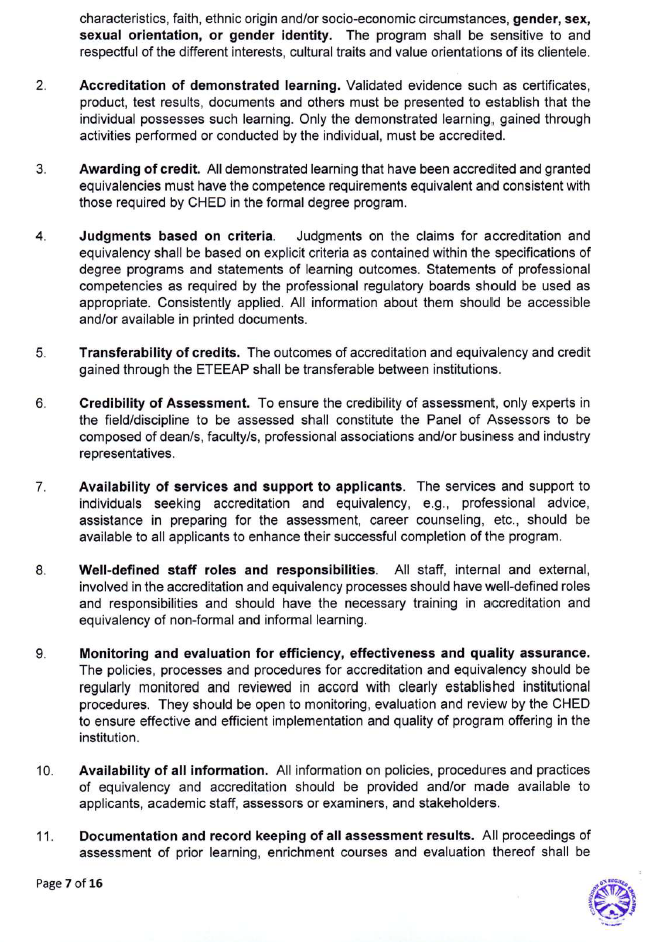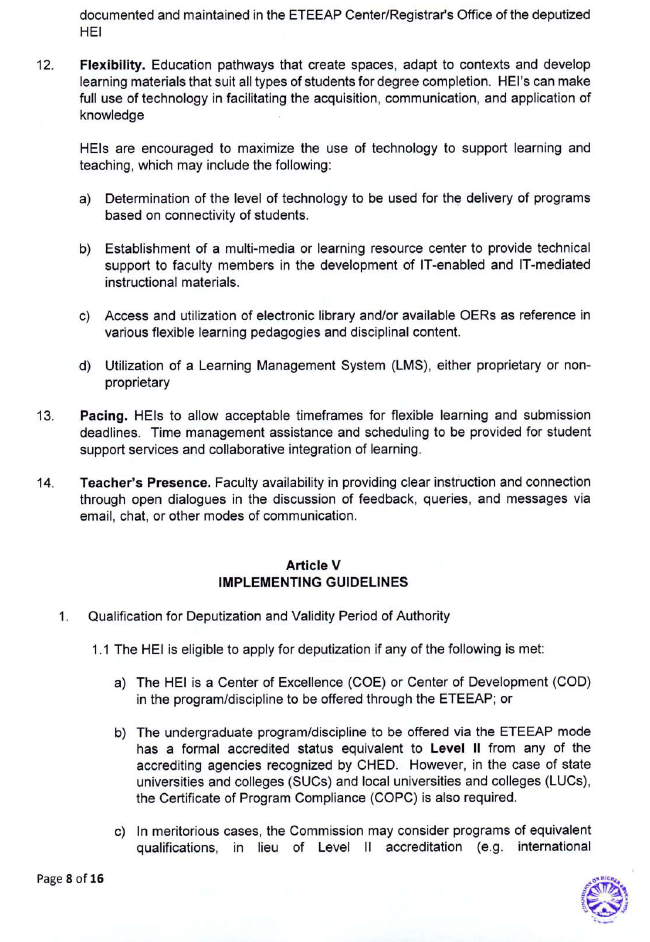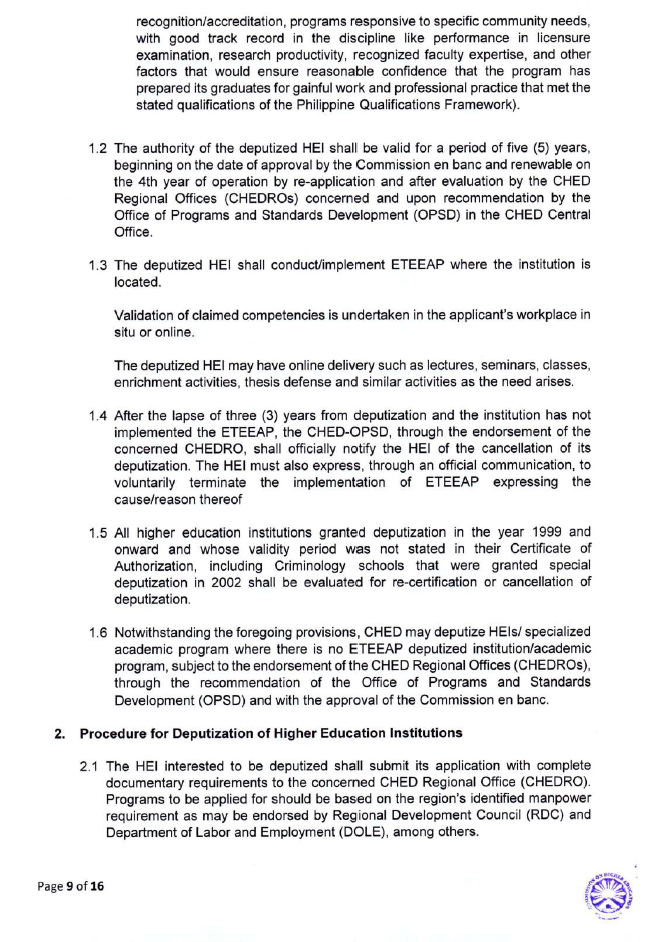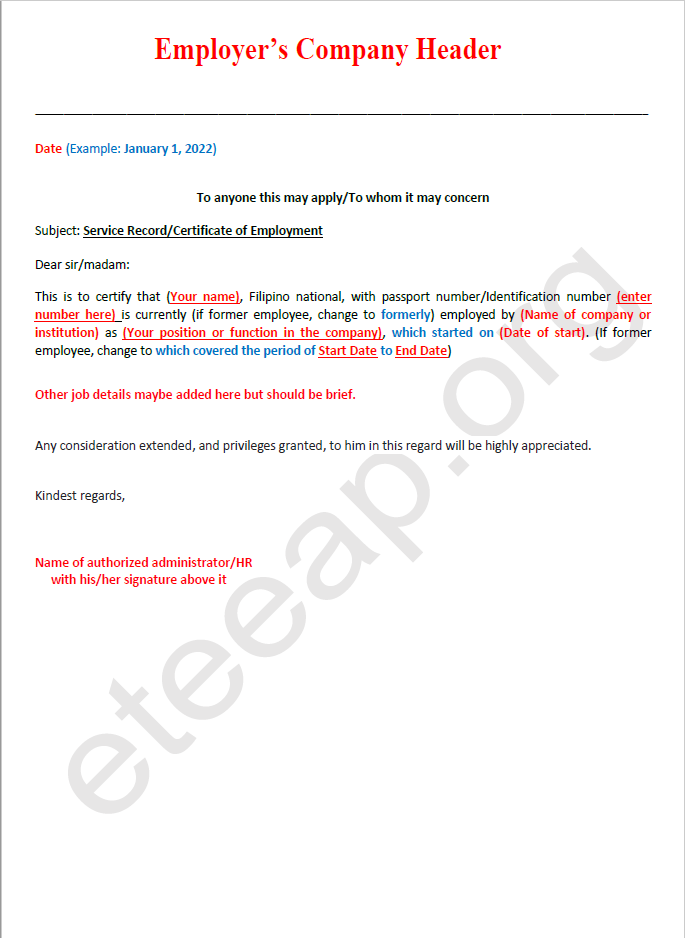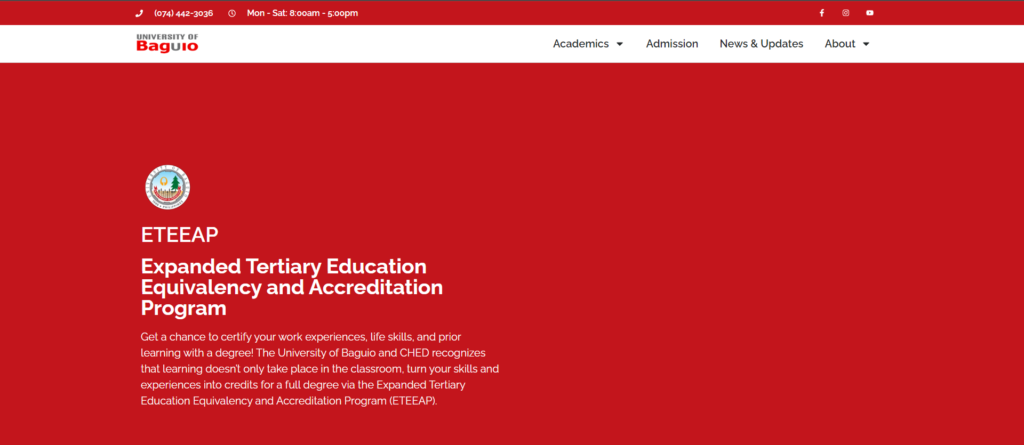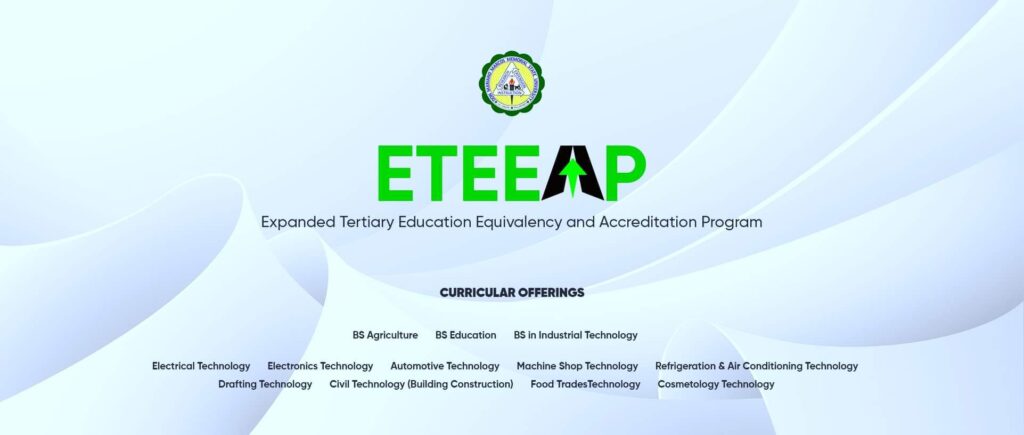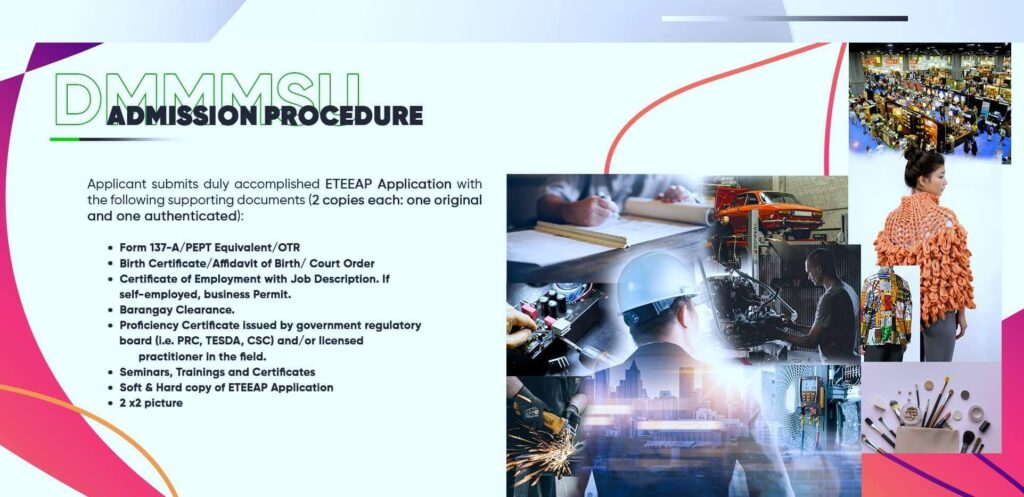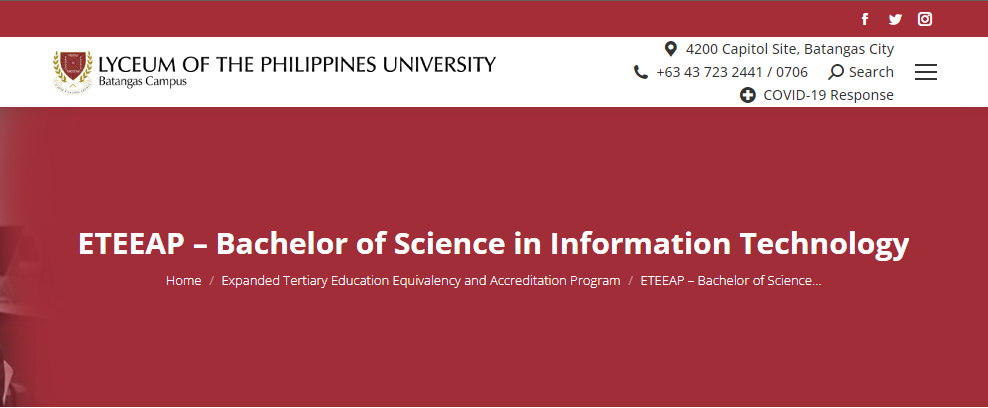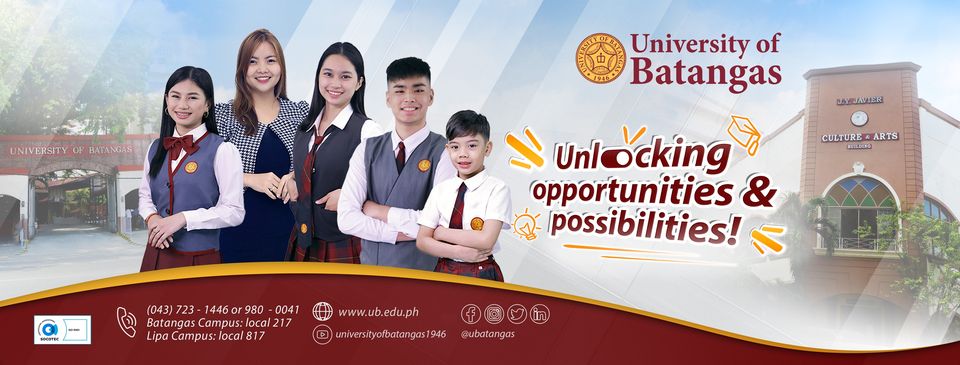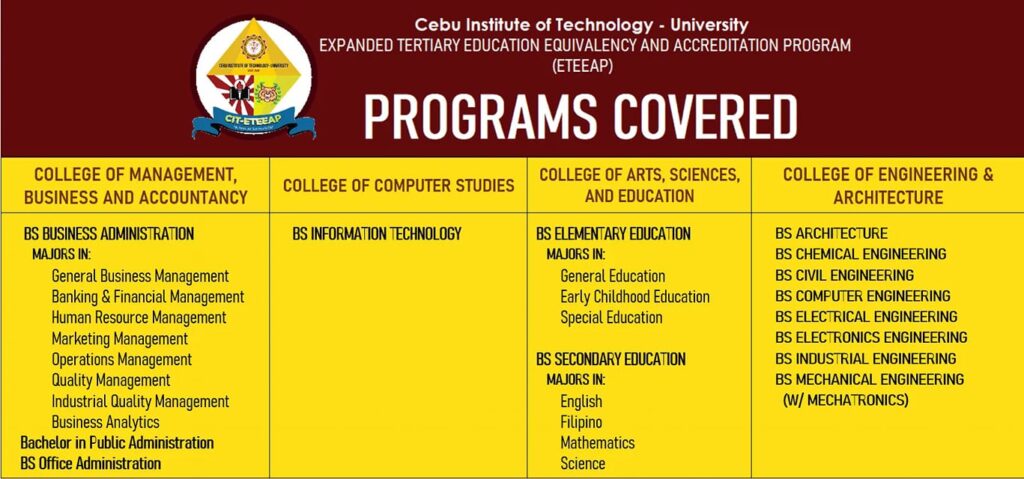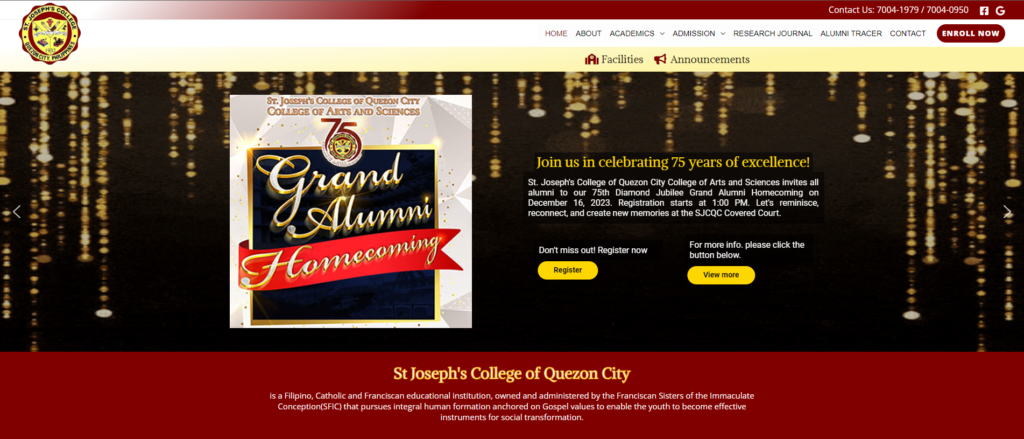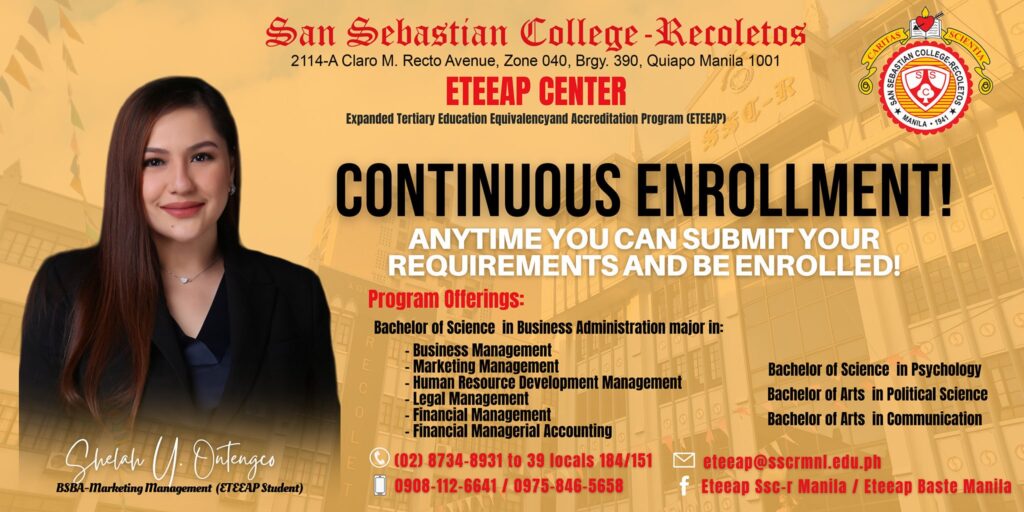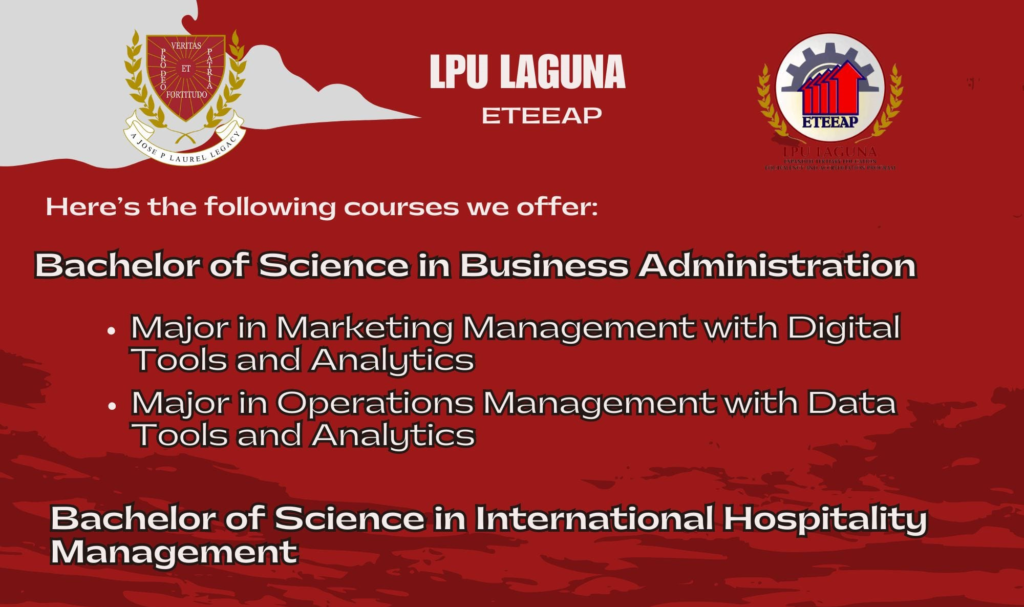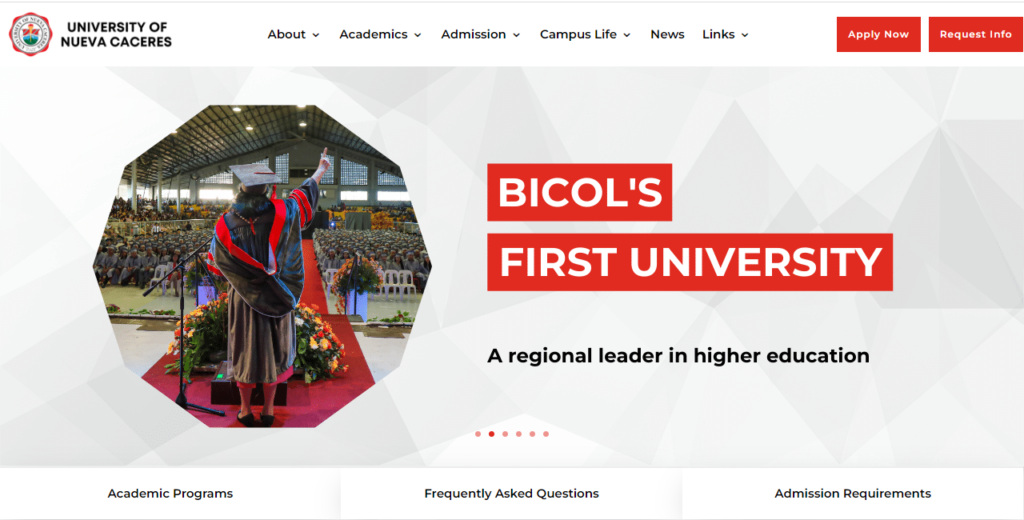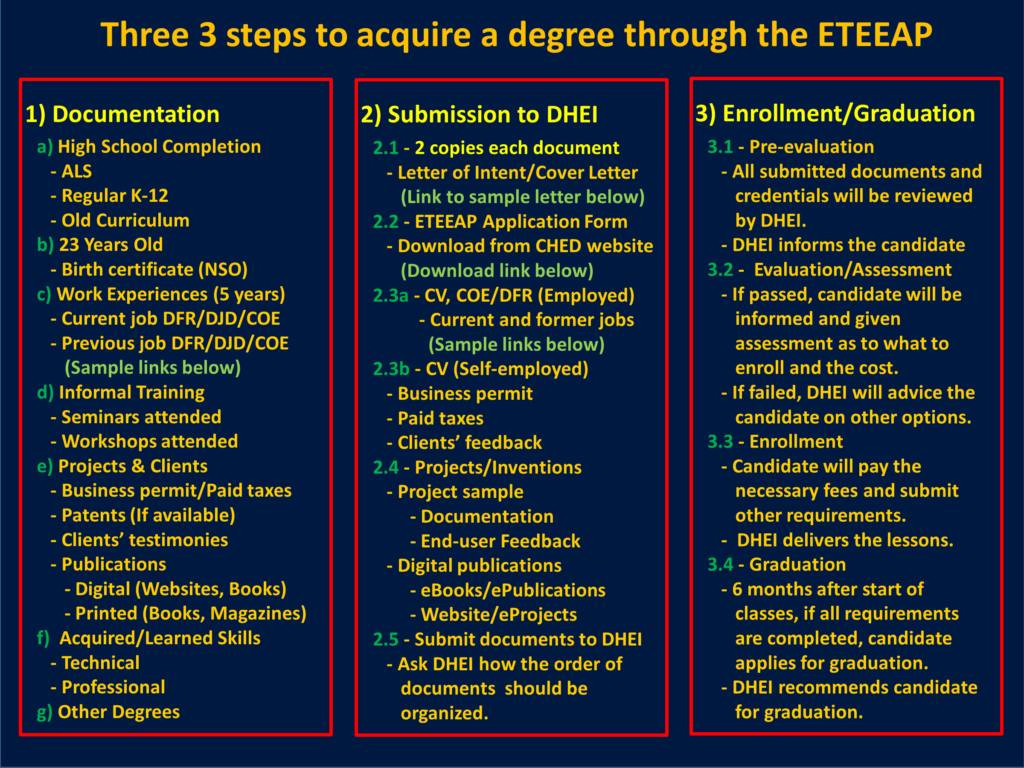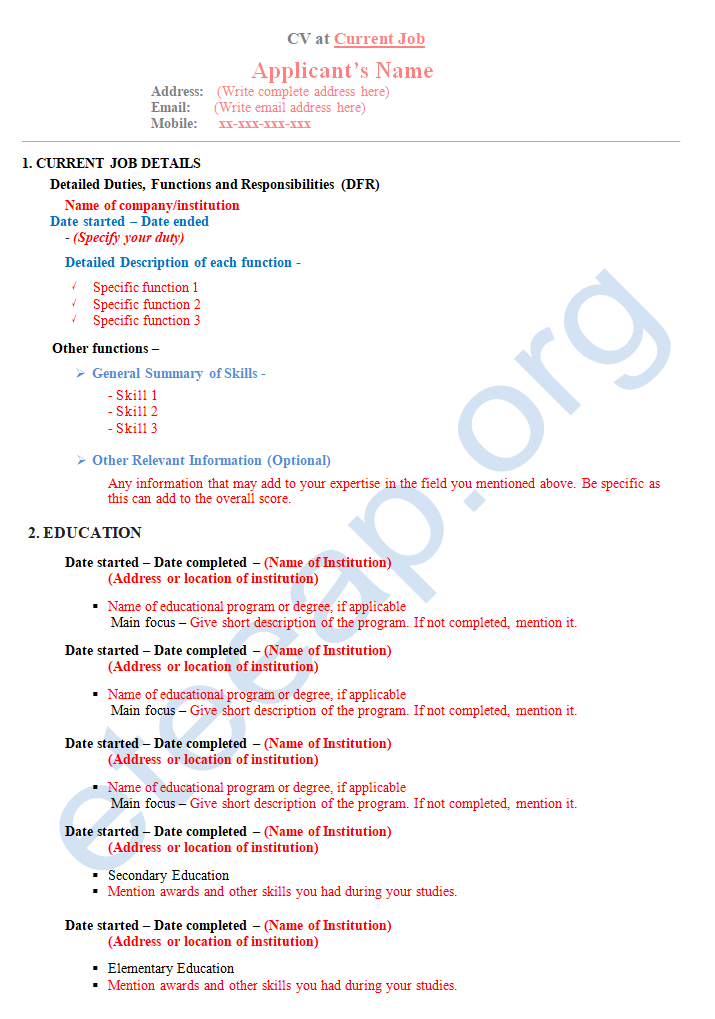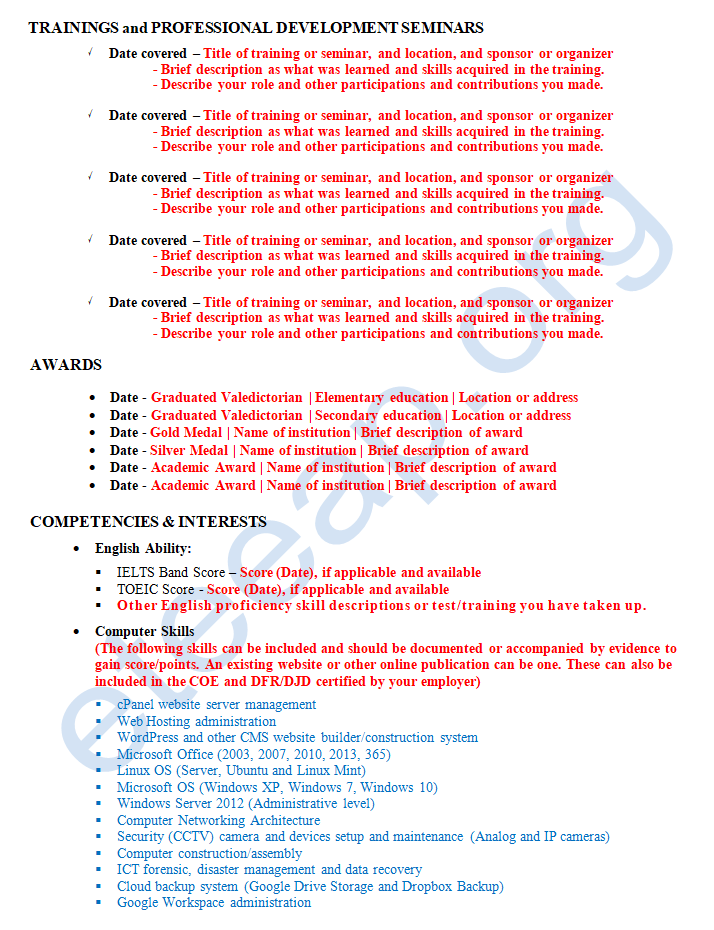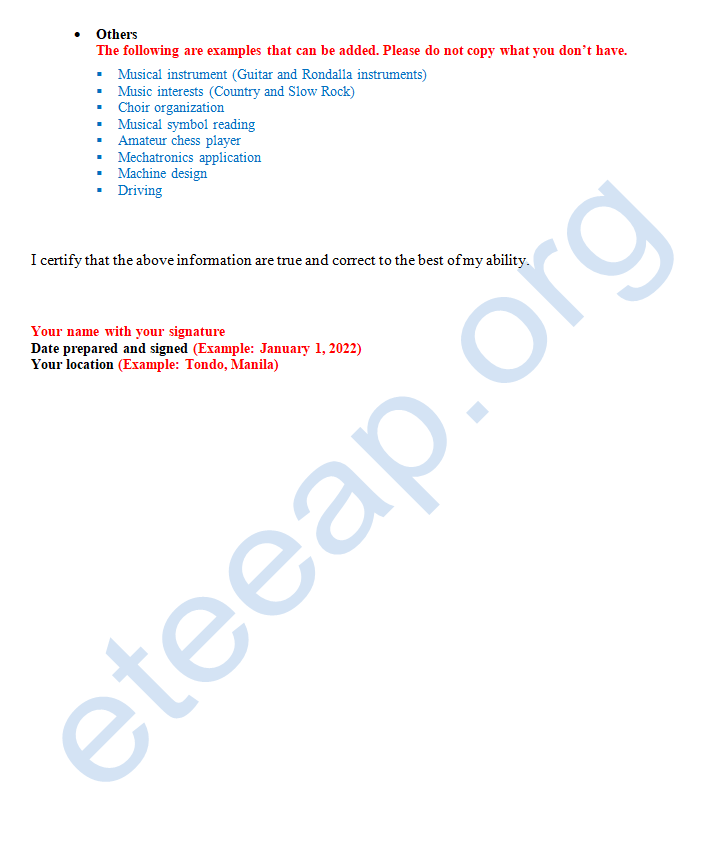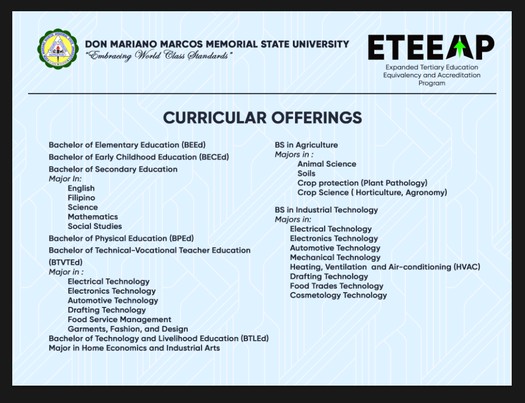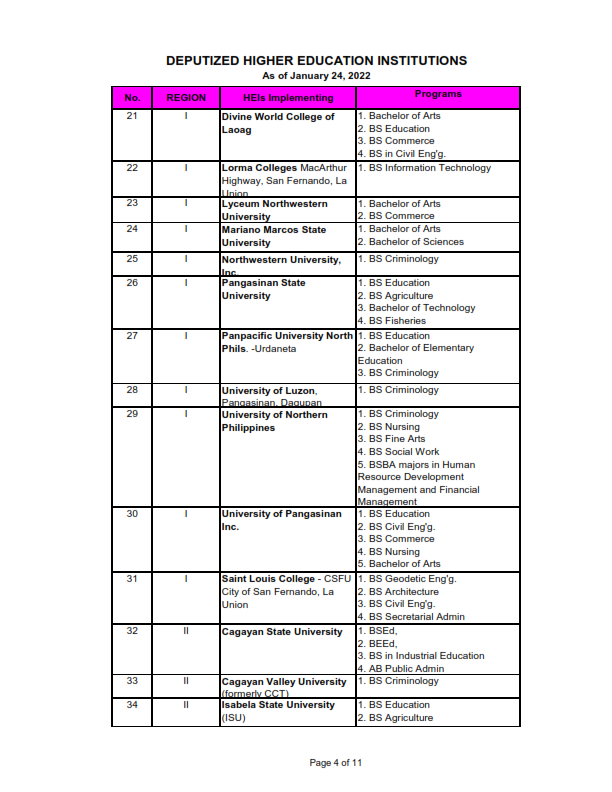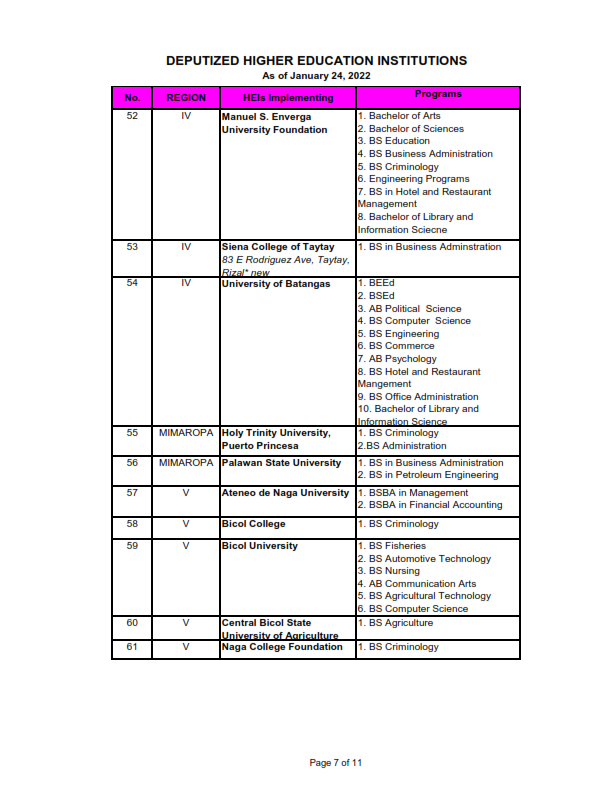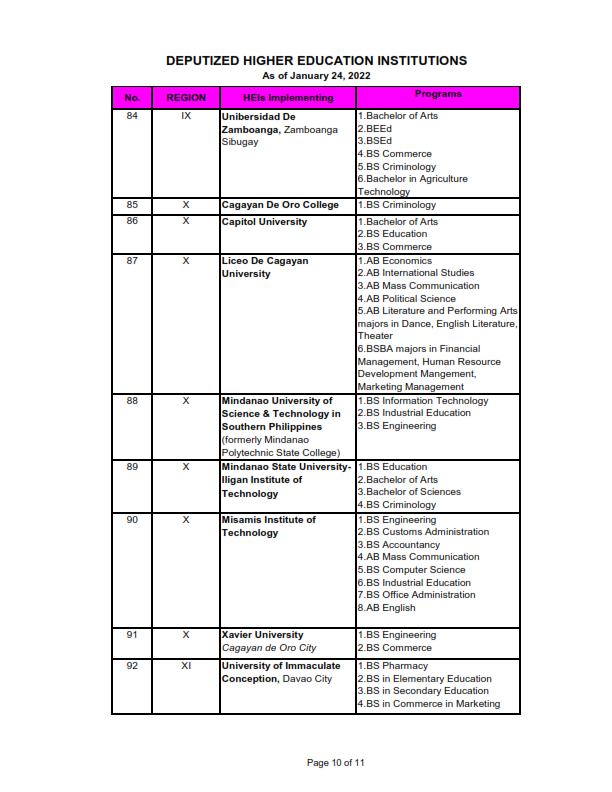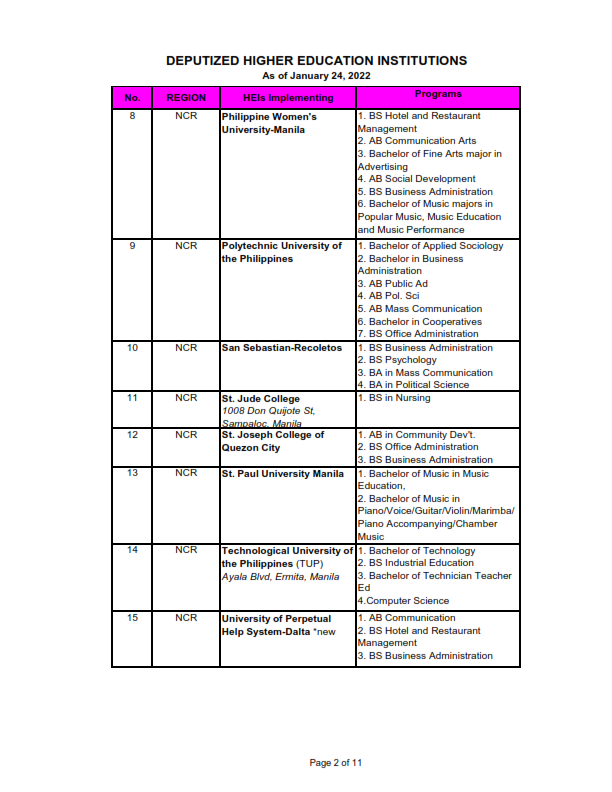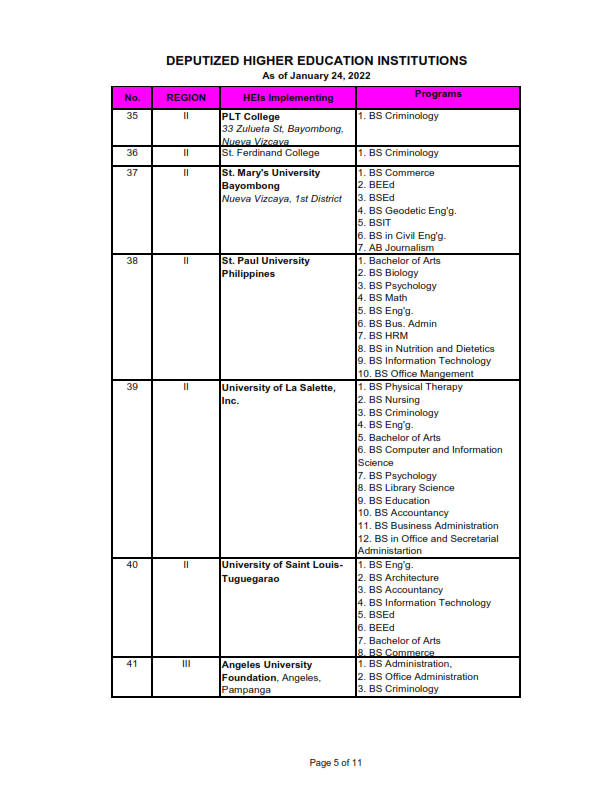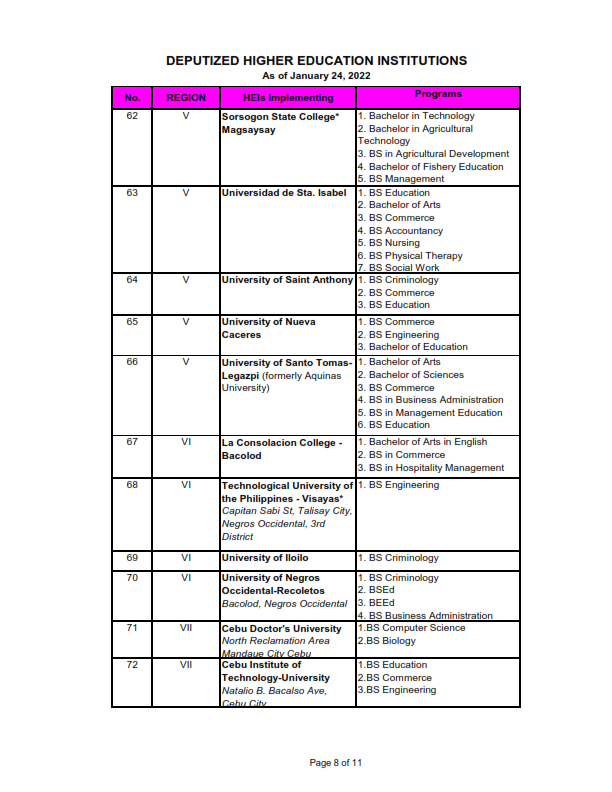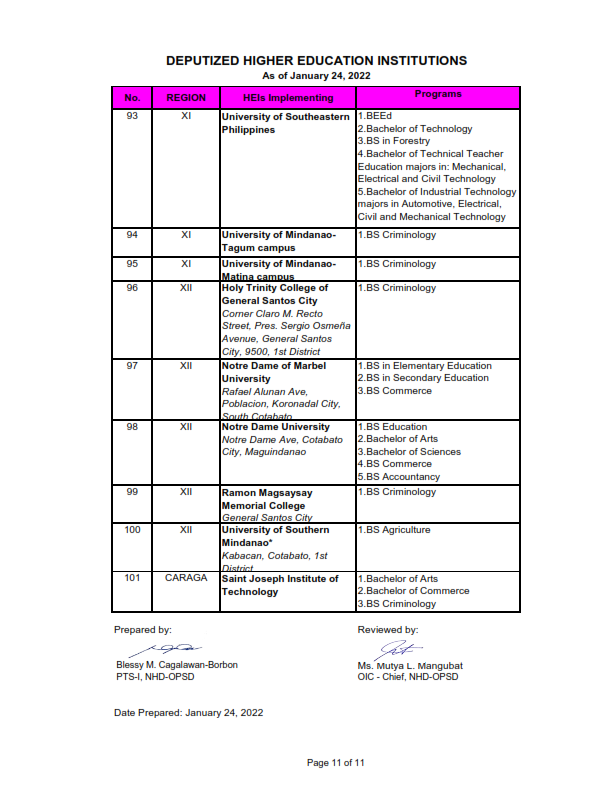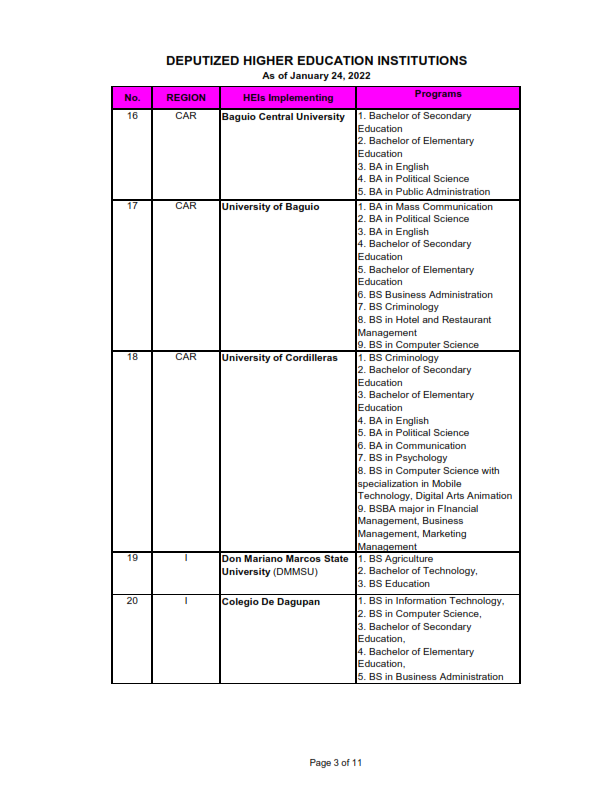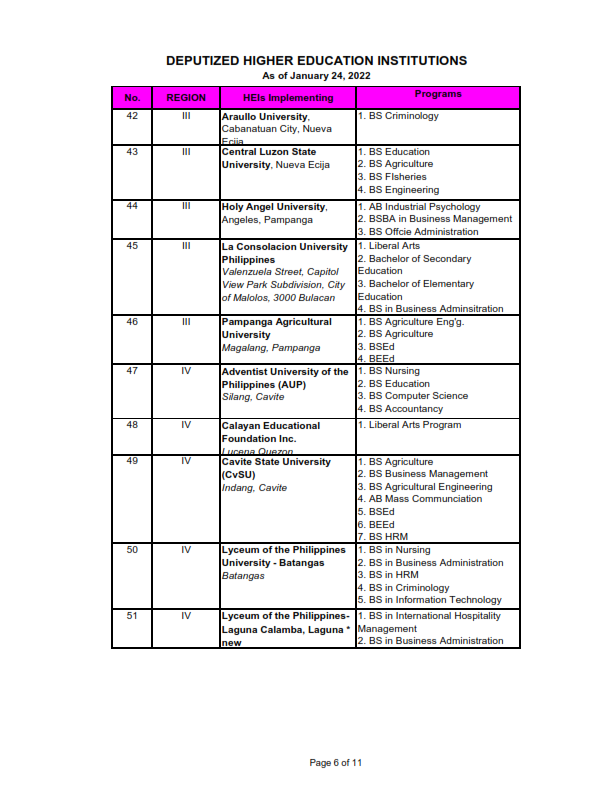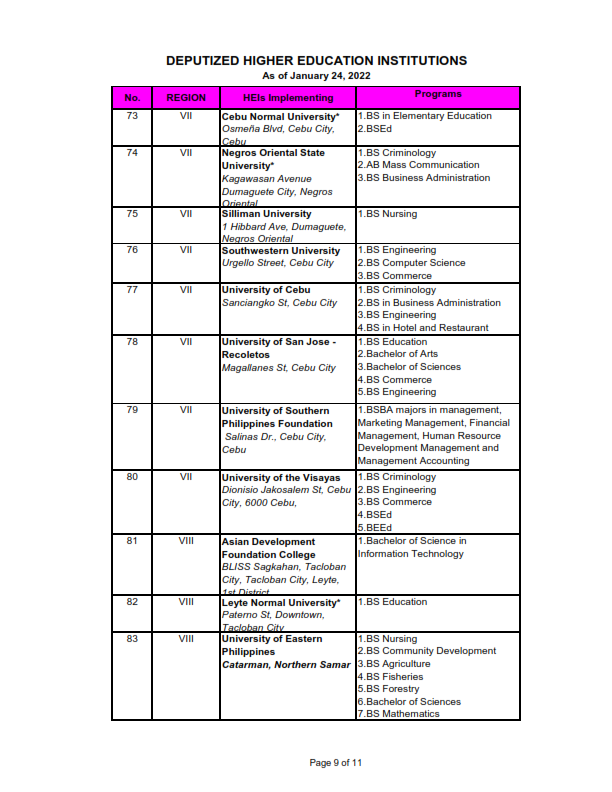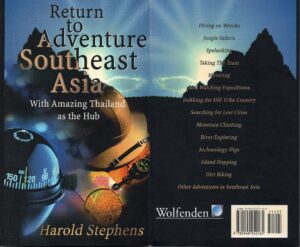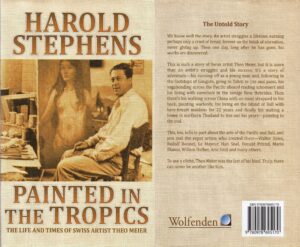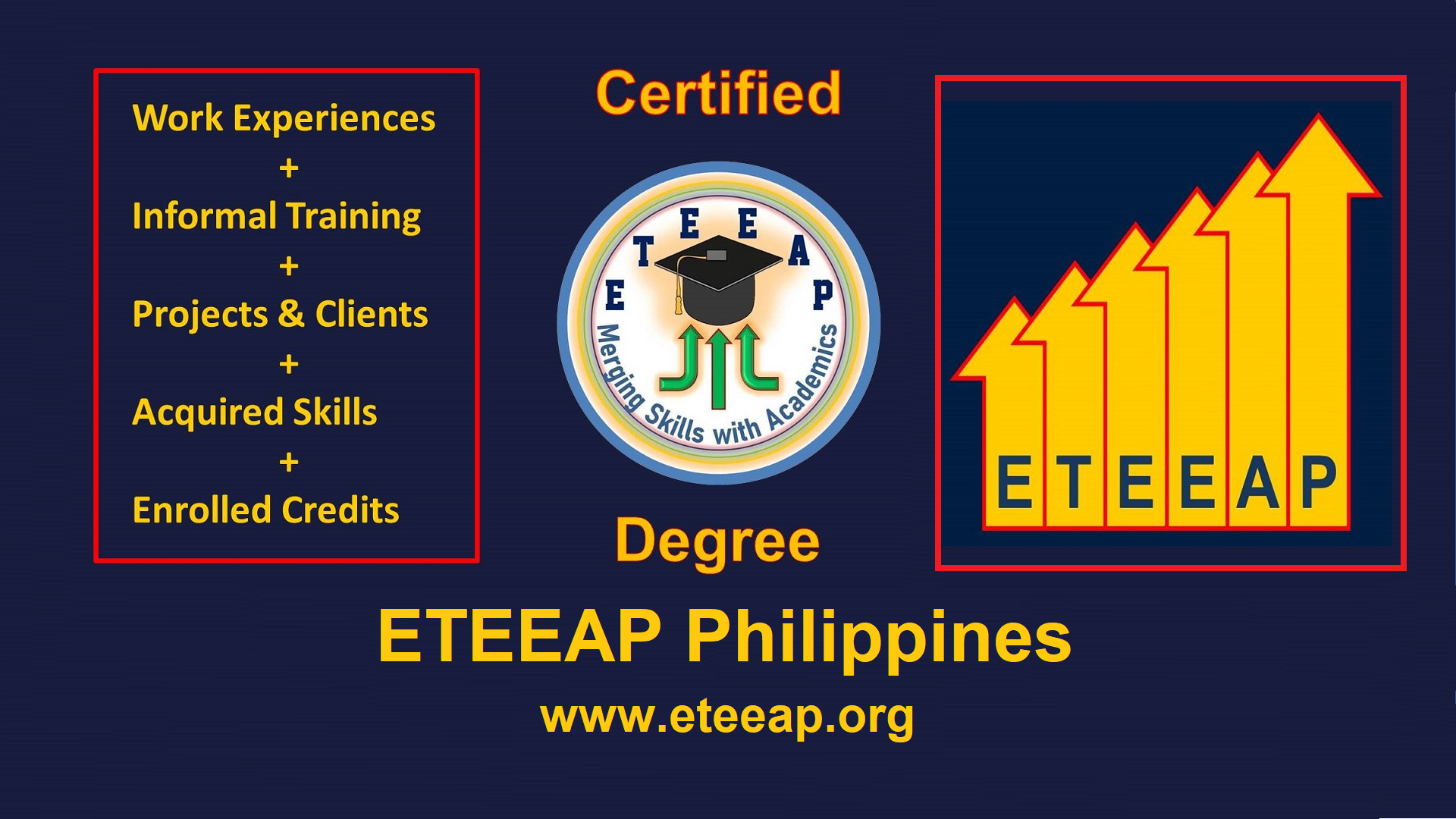Note: This is a repost from its original publisher on this site: Cruise Ship Analogy
Welcome to Your Cruise Ship!
When we board a cruise ship, we know what to expect. Imagine getting into one of them and before you enter you were awed by the elegant look from the outside and were even astounded by the interior furnishings. When everyone has settled and are ready to enjoy the experience of being on one of these adventures, you asked the captain as to what the itinerary will be along with the plans in place for this journey. You were excited to hear what to expect as you started reviewing the brochure that was given to you when you registered and paid for this trip. You also brought out your mobile device and opened the company’s website to check the information about this option that you have chosen. Your mind briefly flashed back to the time you were searching for different options and looking at the exciting photos and videos along with the positive reviews on this particular cruise ship. Your imagination back then is now becoming a reality that you cannot hold back your enthusiasm.
Cruise Ship in the Education Industry
The emotions involved in the above scenario can also be the same when one is joining an educational institution whether as a student or a member of its staff. In this article we will use a K-12 institution located in one country in Asia as an example.
When this country started working on being considered as one of the commercial hubs of the world, her education sector had boomed also. She already had the basic education system where her national language was used as medium of teaching. But when international trade started to increase and the skills in the English language had become a necessity, her government started coming up with different programs for the state-managed schools. Along with this was the instruction for private schools to increase using the English Language in their courses and subjects which most of them had already started years earlier. These private schools and universities saw this business opportunity and came up with programs and systems of their own. Many of these are managed by foreigners who also hired foreign teachers as the English skills of locals are way below standard to teach English and other subjects in English. Some of the locals who own or manage private schools and universities were also educated in other countries and learned the skills of managing education institutions that prepare students into the global business trends.
Excited Parents and Students
Now let us take a closer look at the aforementioned K-12 private school. We will look at a scenario and momentary transfer our imagination from the cruise ship to that school. Your family is moving to this country because your company assigned you here. You started looking for a school to enroll your three kids with one starting in preschool, the other one will be moving up to grade 1, and the other starting in the middle school. You searched the Internet and compared the facilities that appear on the different schools’ websites and social network pages. You contacted each of them and requested for relevant information on enrollment as well as the costs. You also checked online if there were some reviews and other relevant information that may help in your decision-making. You whitelisted a few that you decided to visit. As you entered the first school in your list, you were impressed by what you saw. You immediately admired the stunning physical appearance along with its facilities. You spoke with the administrative and registration officers, and were given a tour around the school. You were even more impressed on what you were seeing that you considered this school be on the top of the list of your options.
Then you started to ask questions beyond the obvious. What about the school’s system, the curriculum, teachers, accreditation, affiliations as well as other relevant information about the actual learning inside the classroom? The officer gave you all the information you wanted to know and you were satisfied with the answers to your queries. However, you still did not forget that you had other schools in your list that you needed to visit as well. So you thanked them and left to see the other schools. At the end after considering the cost, the safety, convenience and other factors, you decided to go back to the first school you visited and you enrolled your three kids in that school. You were so excited and purchased other necessary items that your kids need, including uniforms, books, electronic devices required by the school along with other relevant materials and resources. You also paid the required fees and visited the school once again for a final orientation a few days before the start of the school year.
On the first day of school year you were excited to drop your kids at the school. The kids too were excited to wear their new uniforms and to be identified with the school. As all your doubts were cleared by the answers to your queries, you were all ready to start the year at, and with, their new school as you look forward to the exciting years ahead in your new home.
At the school you met new friends whose kids were also enrolled there, and you found out that some of them did not bother to search other schools because when they came here, they saw the stunning facilities along with the “sweet words” of the registration/admission officer who was really convincing which made them decide that it was no longer necessary to look elsewhere. This made you even become more optimistic and placed all your hope on this institution, thinking that you had made the right choice.
Excited New Teacher
On the other side, you were a teacher looking for a job. You found an advertisement that says only whitelisted applicants will be called for an interview. You applied for the position. The HR manager called you and instructed you to come for an interview. You were hired and were given an overview of the school’s system. As you were astounded by the physical appearance of the school and its facilities you were also excited when you were informed on details about the school’s system and resources the school has in place for an ideal education institution for both teachers and students. You were required to report to work two days before the students start their classes. Those days will be preparatory periods along with processing of your documents to have your employment legalized. That day came and as the new students were excited to start their classes in two days, you too were excited to start your first day at work. As new member of the staff, you had a lot of questions to ask. You were then directed to the school administrator for the needed briefing. You asked what all teachers ask from their administrators and supervisors as you excitedly wait to be given the needed proper guidance, a normal procedure in any organization.
Get Your Oar and Row!
Back in the cruise ship, you heard someone starting to make announcement. So you focused your attention to him. He started with these words:
“Thank you for choosing our company and particularly this cruise ship. As you have seen, we have the most awesome design of our ship along with the furnishings that are beyond compare. This ship has been here for 15 years and as you can see on our website and brochure it is among the best of all the cruise ships on this part of the earth. Our package includes independent routes and exploration, and that you can decide on which way you want to go. We have small boats that are attached on the side and on other parts of this ship that you can use to explore the vicinity of the ship, although you cannot go far. With this you will enjoy your stay in our ship even more. As you have noticed in our brochure and advertisements, there are boats and other vessels that are floating alongside our ship. These are the ones that our clients can use to roam around the ship and enjoy the scenery while managing their own boats. We hope that you enjoy your stay.”
And that ends the introduction of the administrator representative. You were excited, but at the same time puzzled by the announcement. However, you focused on the exciting part of being on this cruise ship.
But a question lingered in your mind. How can this ship arrive at her destination if we just take one of the boats and just roam around it while others are doing the same? Even worse is that everyone goes in every direction and no one is guiding us except the assigned staff that helps in managing the boat that we take? You even noticed that the small boats have engines but the staff were the ones who are trying to maintain and make them work properly. Then you noticed that the whole ship does not seem to be working properly. You don’t hear the engine running while the ship floats aimlessly on the water. You started to ask fellow passengers as well as the staff and the situation was becoming clearer to you. Eventually you came close to another ship and found out that some of the passengers there were former client of your cruise ship. Your suspicion was confirmed when you were informed that your ship does not have an engine and a rudder.
Back in the ship, you again asked one of the administrators, who was incidentally with the captain, and your jaw dropped as you heard the confirmation on the absence of an engine and a defective rudder. Worse was that you were instructed to pick up one of the oars that you need to move this ship and steer it to the direction that you want. The captain further said, “You can do whatever you want and you can decide on which direction you can go. And as you are already here, you can now enjoy whatever is here. I would like to assure you that this ship, despite not having an engine and a defective rudder, does not sink.”
You tried to get in contact with the sales manager you spoke with at the start when you were about to book this trip. You were informed at the beginning that the manager will also be onboard and along with the captain will look after the ship’s passengers’ welfare. However, you could not get an appointment and were surprised that the seemingly all-present manager during your booking process is nowhere to be found although was also onboard. You were then directed to another man who works under the supervision of the captain and were told that he can answer all your questions. You approached the man and found out that he is not aware of your issues and questions and he could not even give you the basic information about the system of the cruise ship. You started to plan for an exit and get your money back but since the ship was already pushed and towed to the open waters you had no option than to stay until you dock on the next destination. You soon found out that the ones who were steering the ship with their oars were primarily the staff and most of the time the passengers also need to help. Some of the passengers were bullies but when incidents of bullying were reported to the captain, he scolds the complainers telling them that those were normal occurrences in that ship and anywhere else. When the staff saw the bullying and confirmed them to the captain, the captain tells them it is none of their business. Interestingly this ship continues to float and there are still people who are attracted to its advertisement. They only realize being in the wrong place when they are already on it that is too late to withdraw and the only option is to wait until they get to the next dockyard to get off and transfer to another ship. The money these unwary passengers pay is just enough for the wages of its crew and for the upkeep and maintenance of the ship. The captain and the manager seem to be comfortable with the present arrangement and no longer care or worried about the ship’s not having an engine and a rudder. The owners of the ship are not aware of this and when issues come to their attention, they confront the captain and the manager who always have ready excuses or someone to blame.
The former captain of the ship had everything in place including a good engine and a perfectly working rudder. But when he left, these were not maintained as the new appointed captain was not even qualified for the job at the very beginning. The manager too was not qualified but because he worked along the previous captain his deficiency was not obvious and was tempered and compensated by the captain’s efficiency. However, now that he works along with an inefficient captain, the deficiency has become more and more obvious.
Academic Deficiency
You could not believe your ears when you were told by the academic administrator that you are free to do what you think is the best for your class. You asked for the curriculum of the school so you could start building your syllabus and lesson plans but were told to speak with your immediate supervisor who will give you further guidance. You were given copies of the textbooks the students use in their lessons and were told to base your syllabus and lesson plans on those references, along with other resources you can find on the Internet. You were also shared online documents containing the incomplete syllabus and skeletal lesson plans of the former teacher that you were replacing.
You tried to get some feedback from other teachers so you have a rough idea on what to expect but failed to get enough information to give you an established foothold, leaving your mind floating as to where and how to start. Realising the situation, one of your colleagues left after a few days and landed on a more academically established school. You too realised being in the wrong place but decided to stay as there was no immediate alternative for you on that dire moment. You started wondering how this school survived for almost two decades of existence on such condition without significant growth.
“This Ship Does Not Sink”
The captain of the cruise ship said that it will not sink. Yes indeed, it survived 16 years floating aimlessly in the open sea with small boats attached to it that passengers can detach and enjoy their independence going around in the direction they wanted as long as they are within the vicinity of the ship. But where do the management get the money to maintain the ship and its facilities? The answer came when you noticed that as the boat docked on the next island, more people were coming in while others were leaving. You decided to stay and see what happens next. You also noticed that some passengers and staff had been there for sometime, even years, which gave you hope that staying maybe the best option for you at the moment.
You then realised that those new unwary passengers were the ones keeping the ship from sinking and that although recently the in-out passenger turnover had been unbalanced to the negative, it was enough to sustain the financial necessity for survival. It’s true that although the ship floats aimlessly in the open sea with an incompetent captain and manager without an engine and a rudder, the rest of the staff were competent enough in their respective assignments to steer it with their own oars – while waiting for the right time to move to another ship. Some decided to stay and enjoy the ride while it is still floating but were ready anytime things change and finally have to abandon ship.
_________________________________________________________
A related scenario that adds details to this story can be found in the article, “The Two Sides of an Academic Institution”
_________________________________________________________
Header photo credit: https://edition.cnn.com/travel/article/final-cruise-ships-port/index.html
Note: This is a repost from its original publisher on this site: Cruise Ship Analogy
